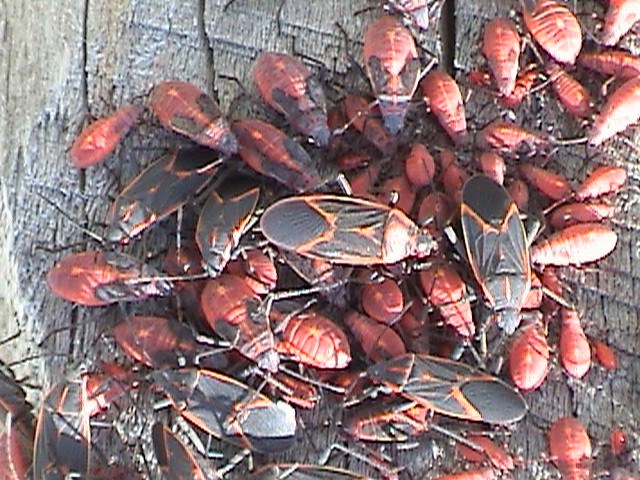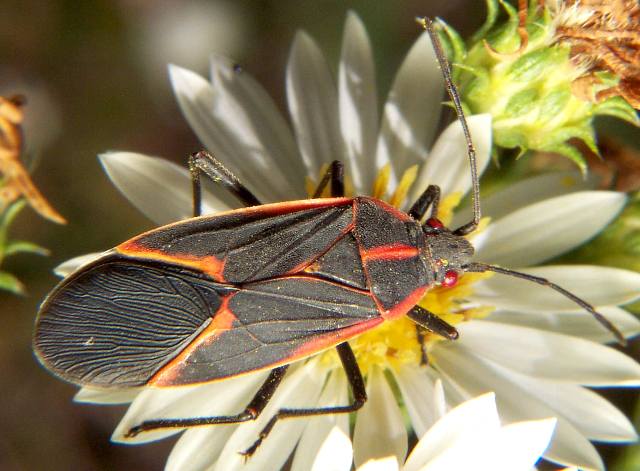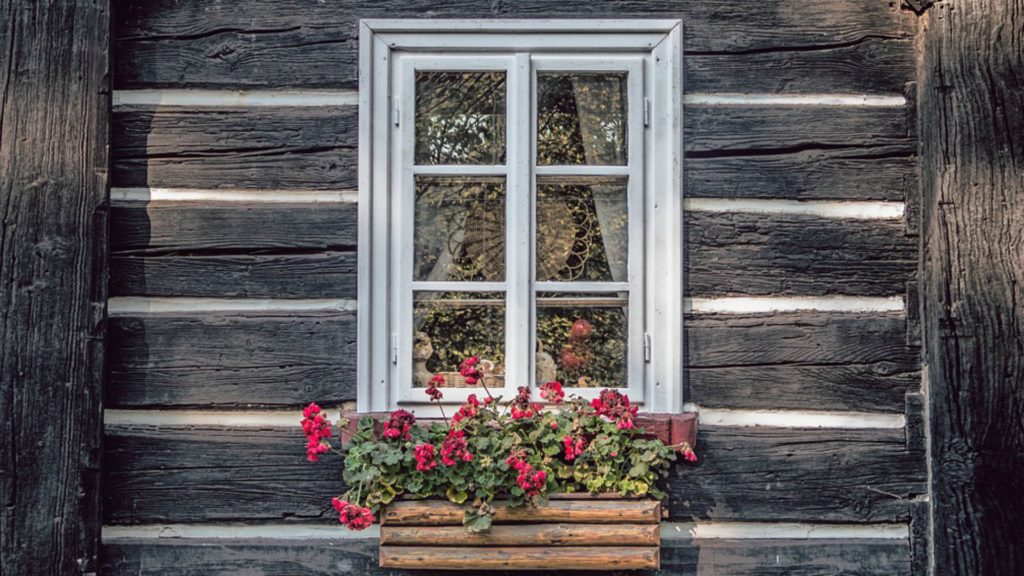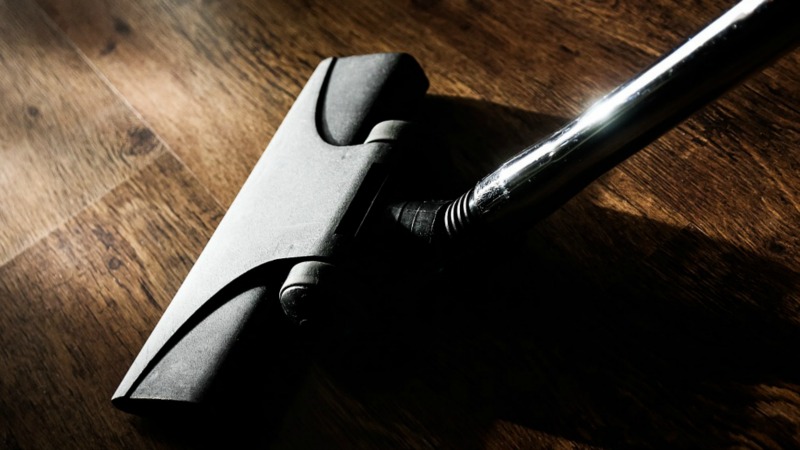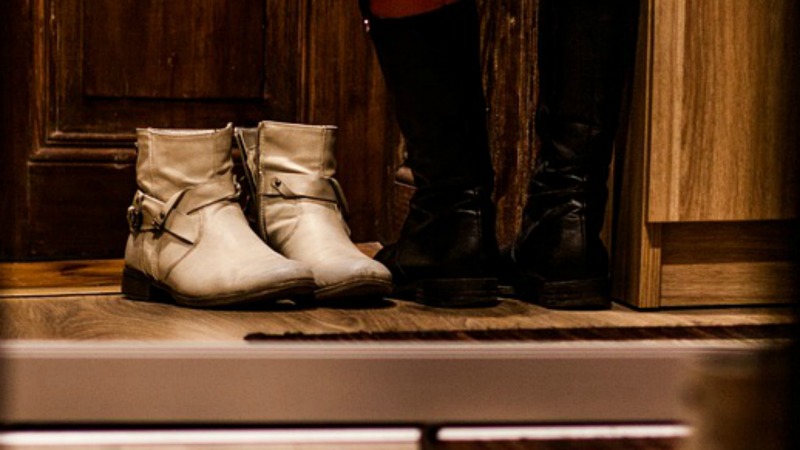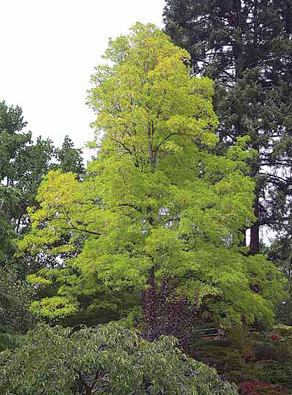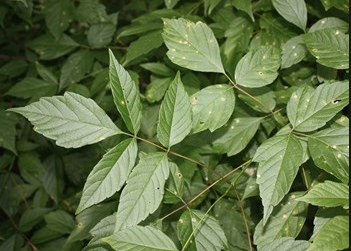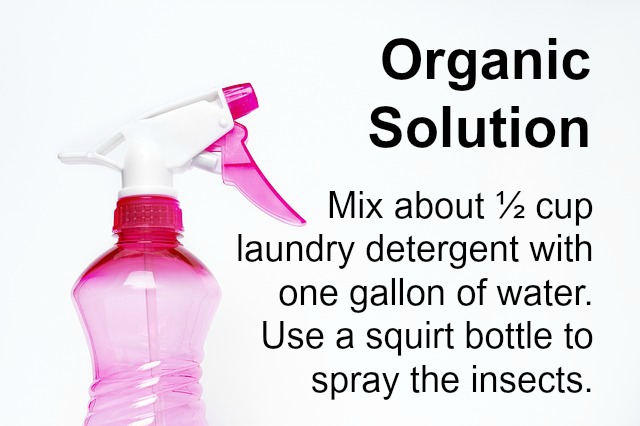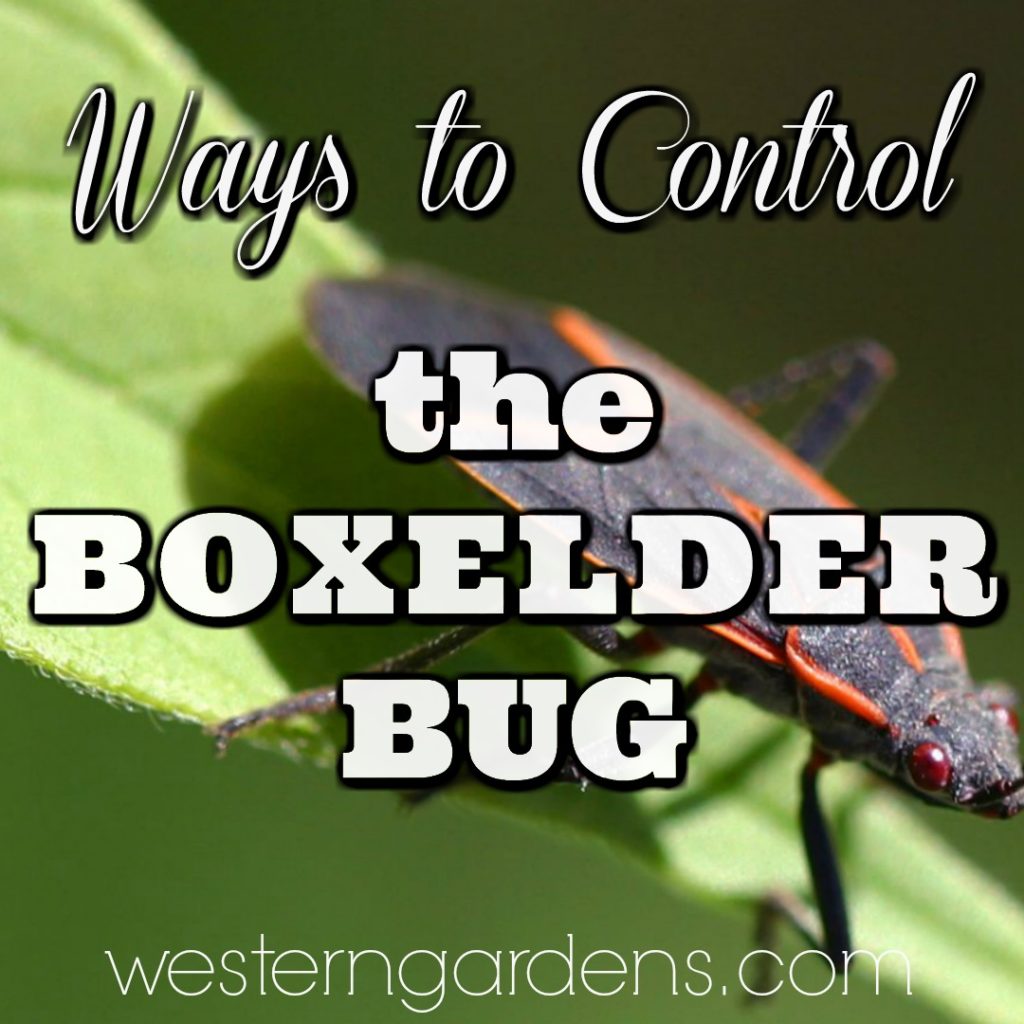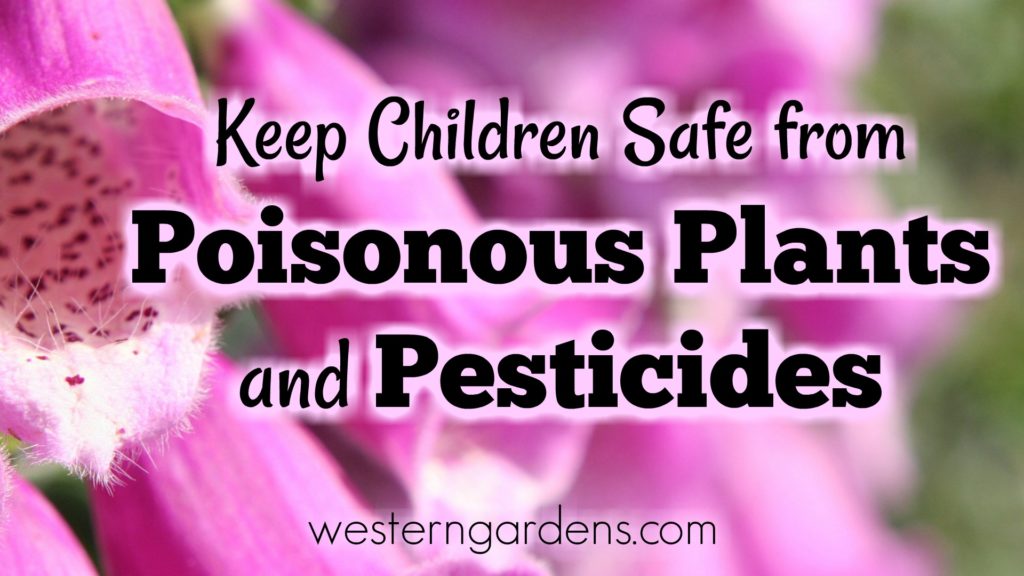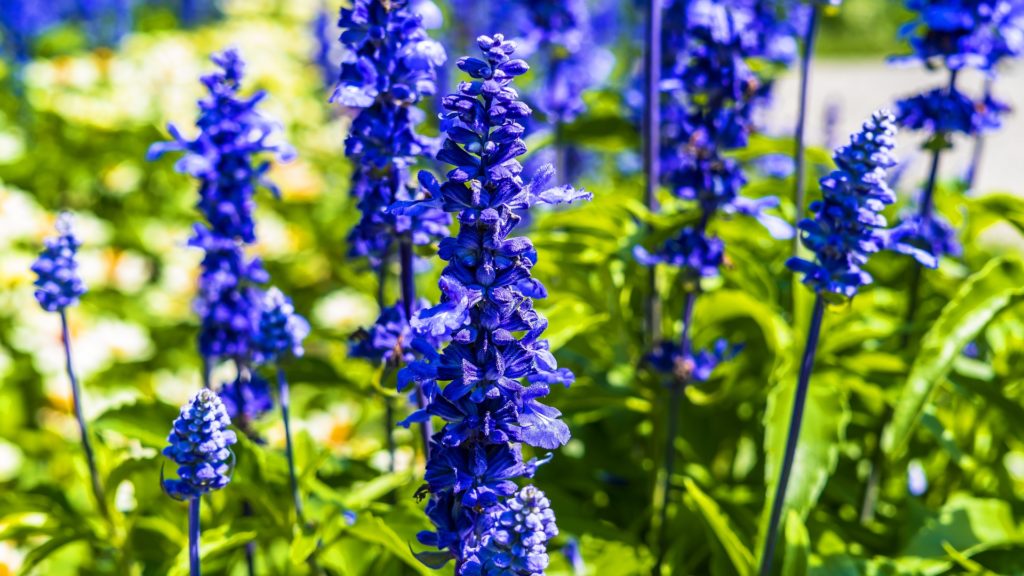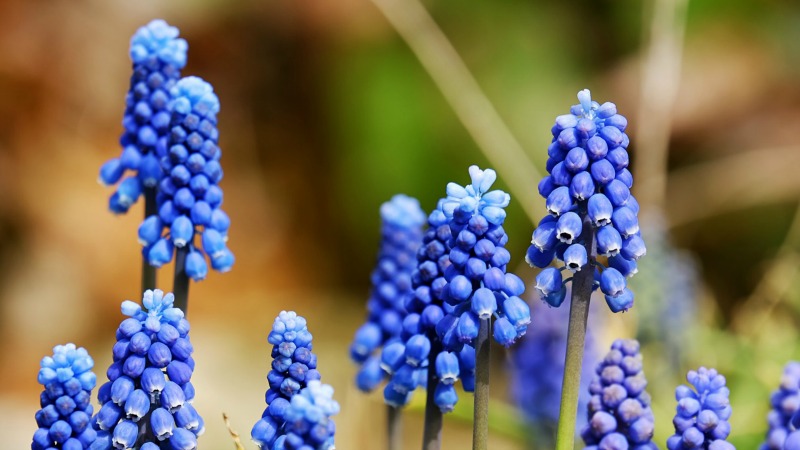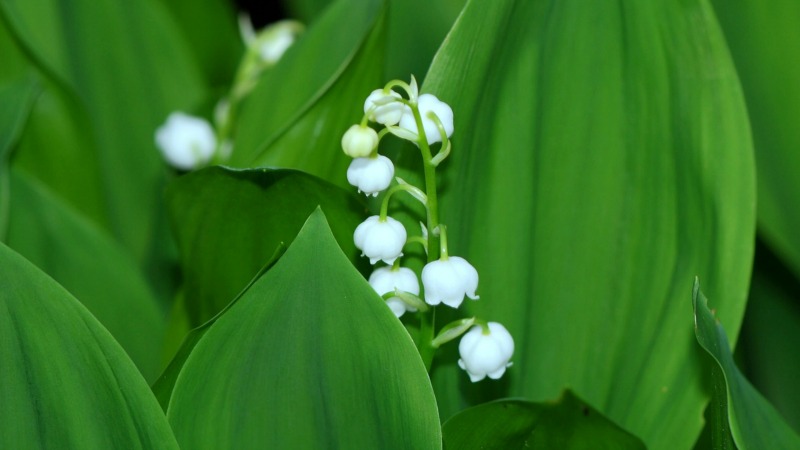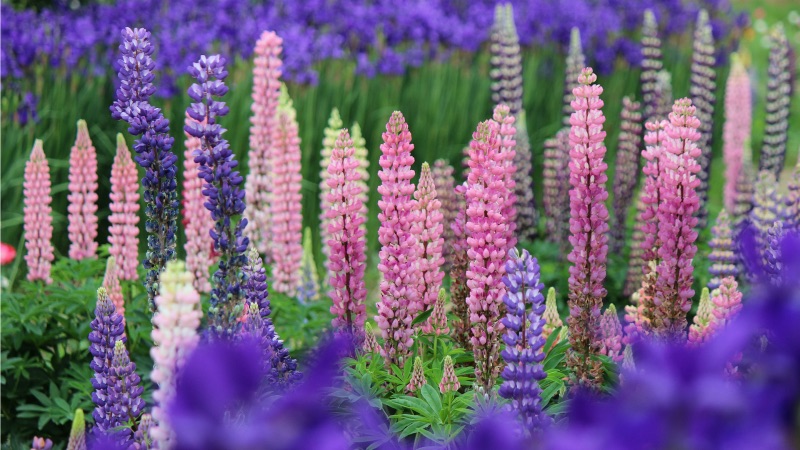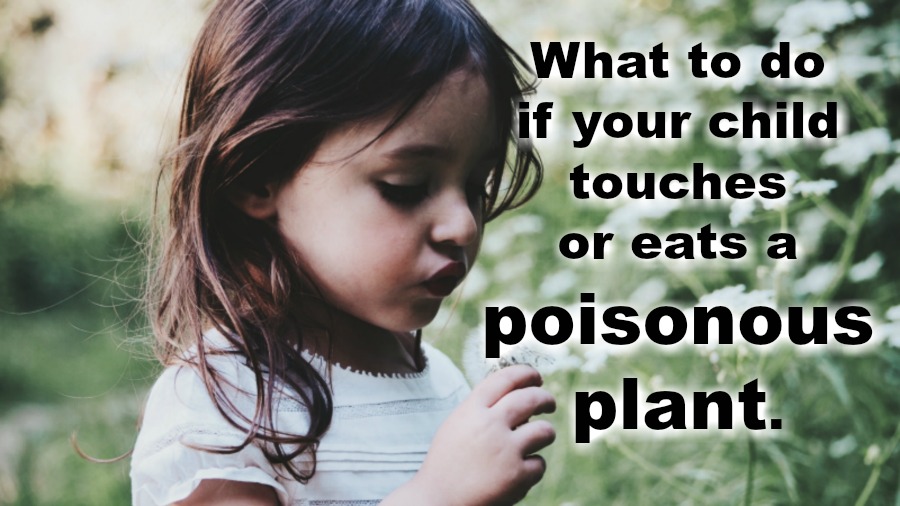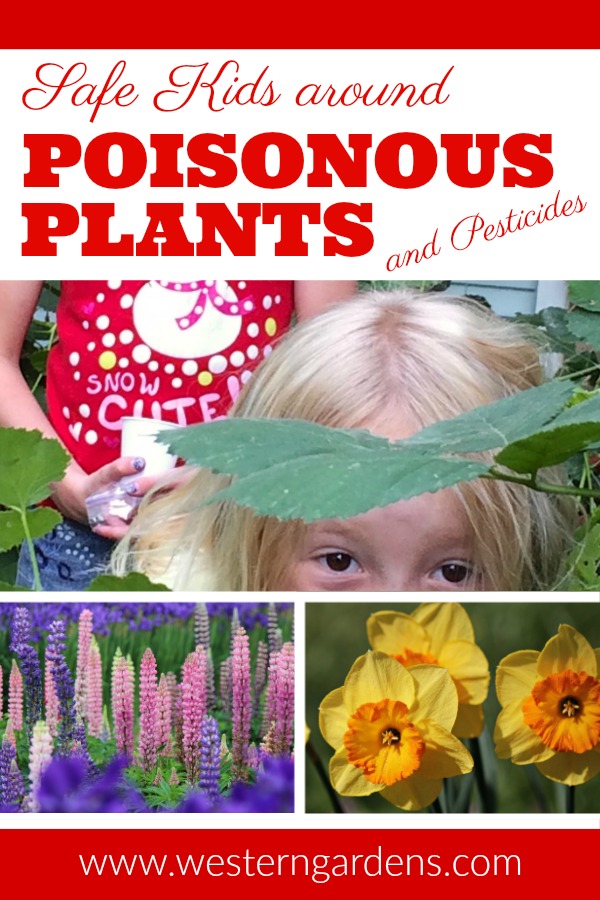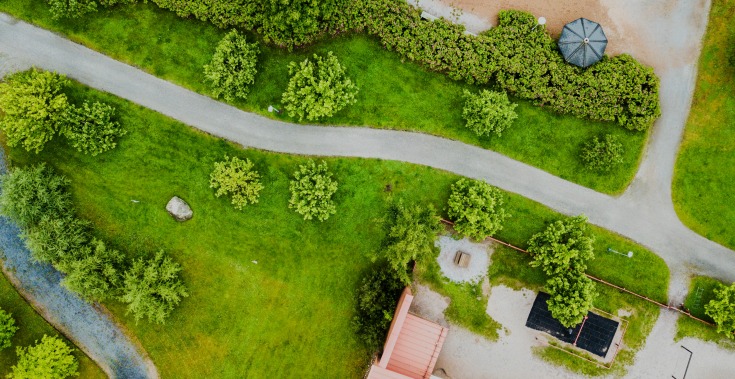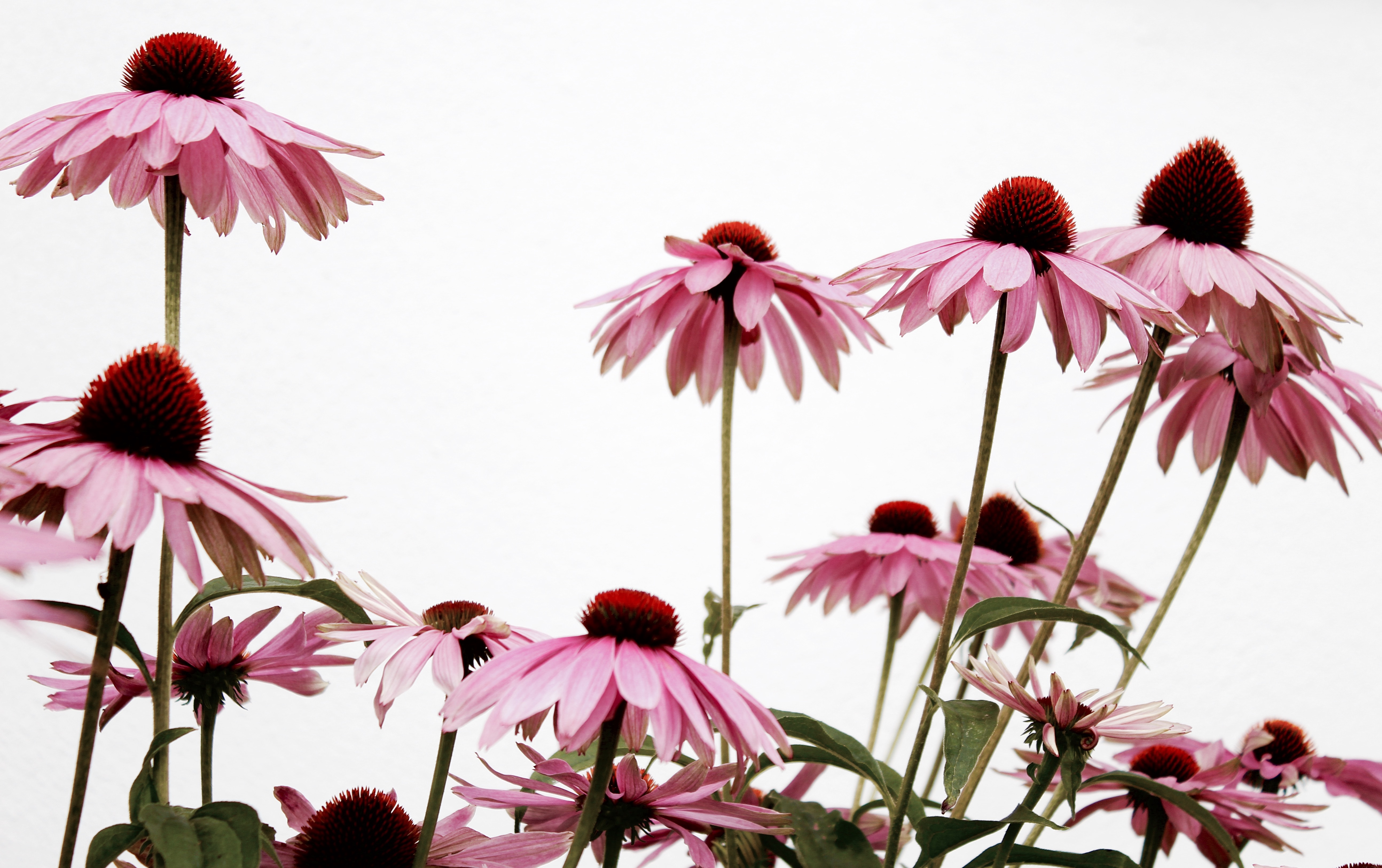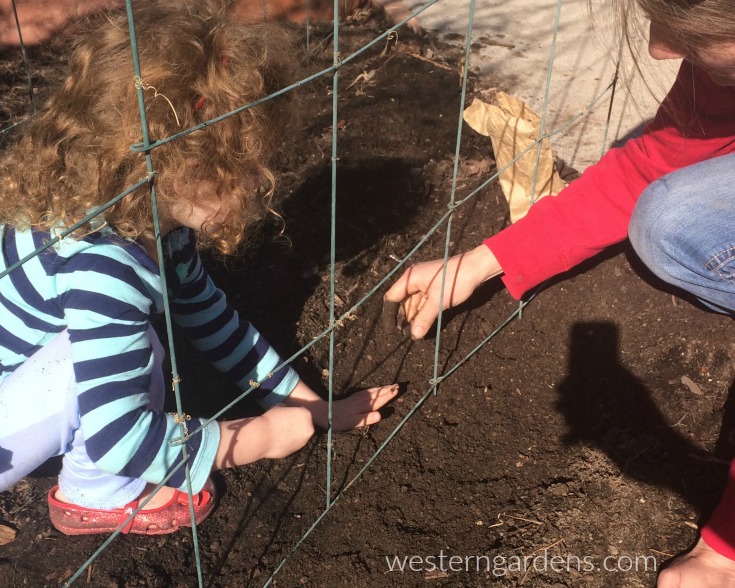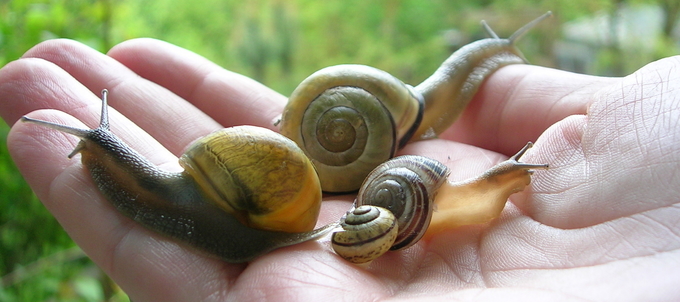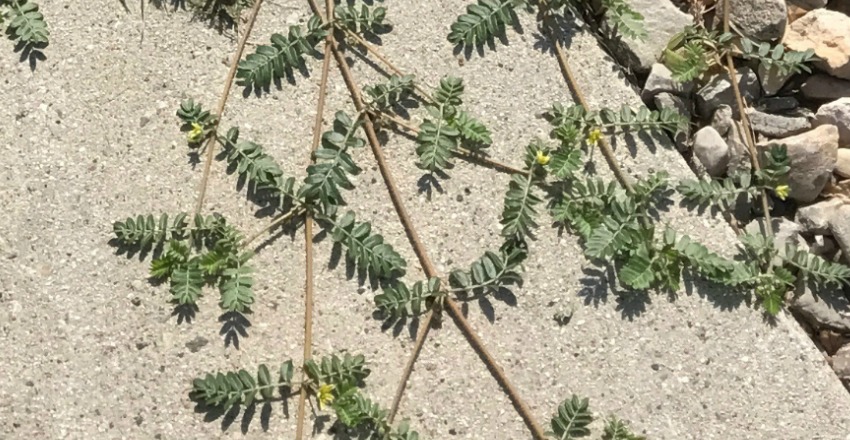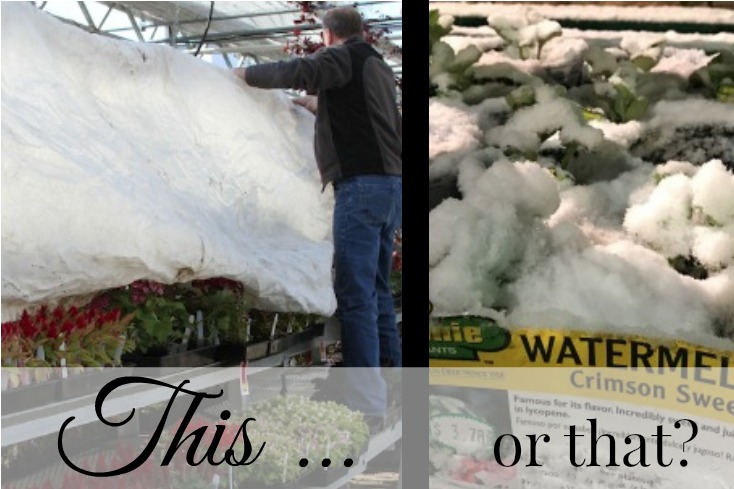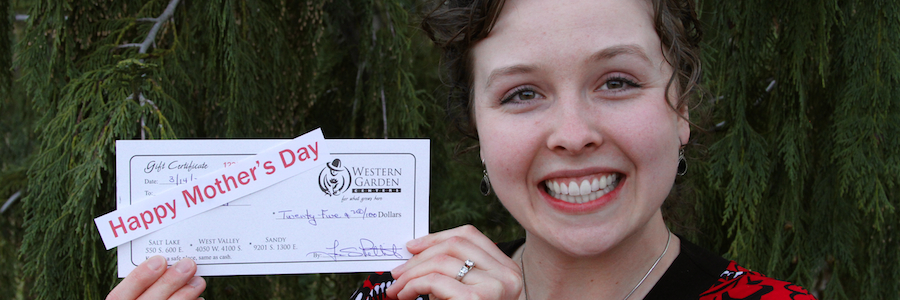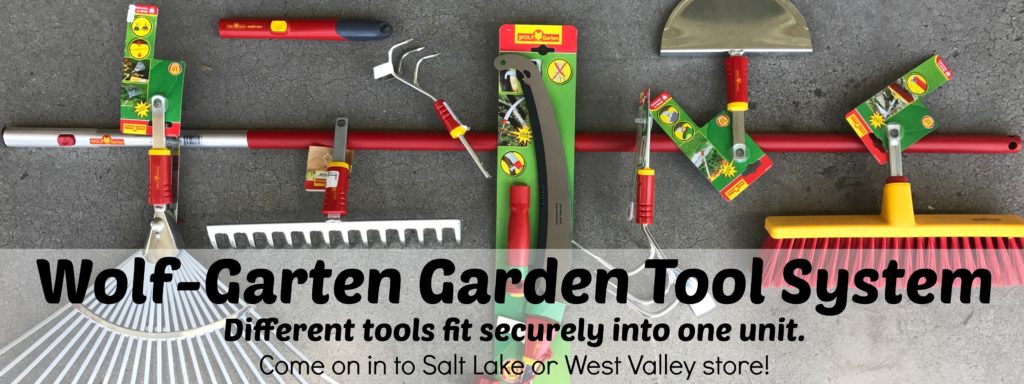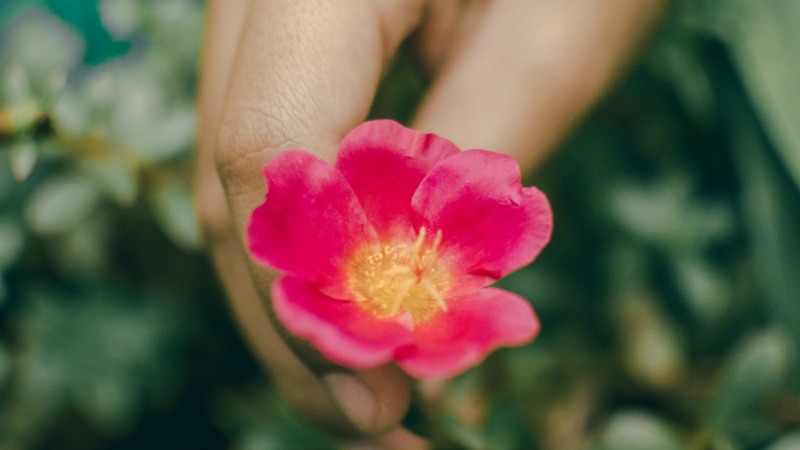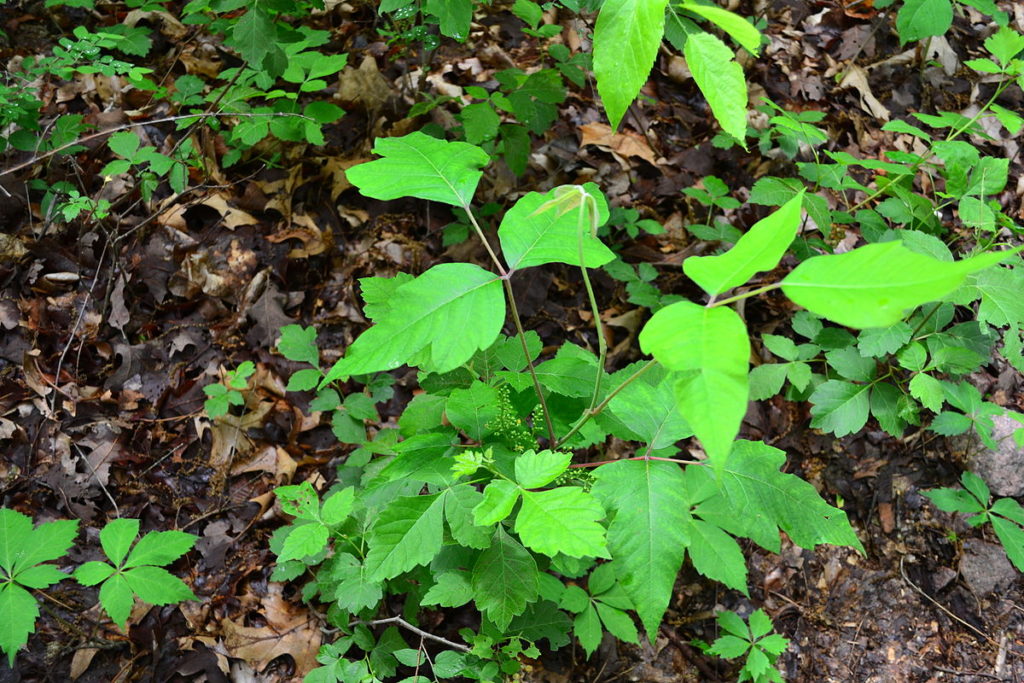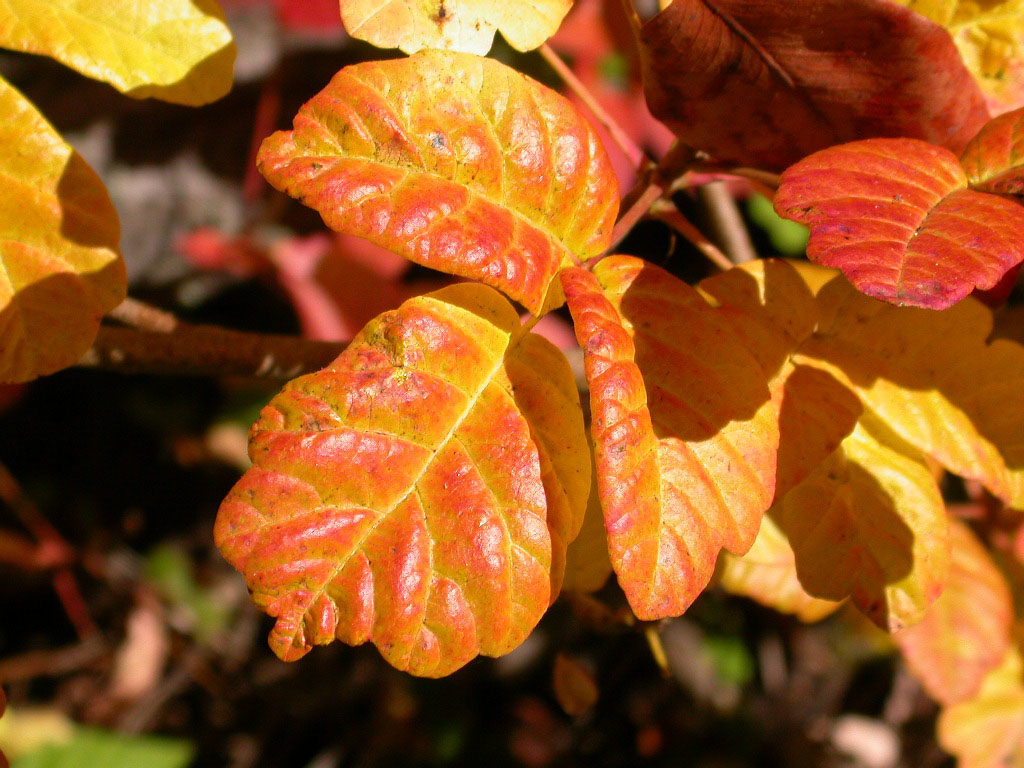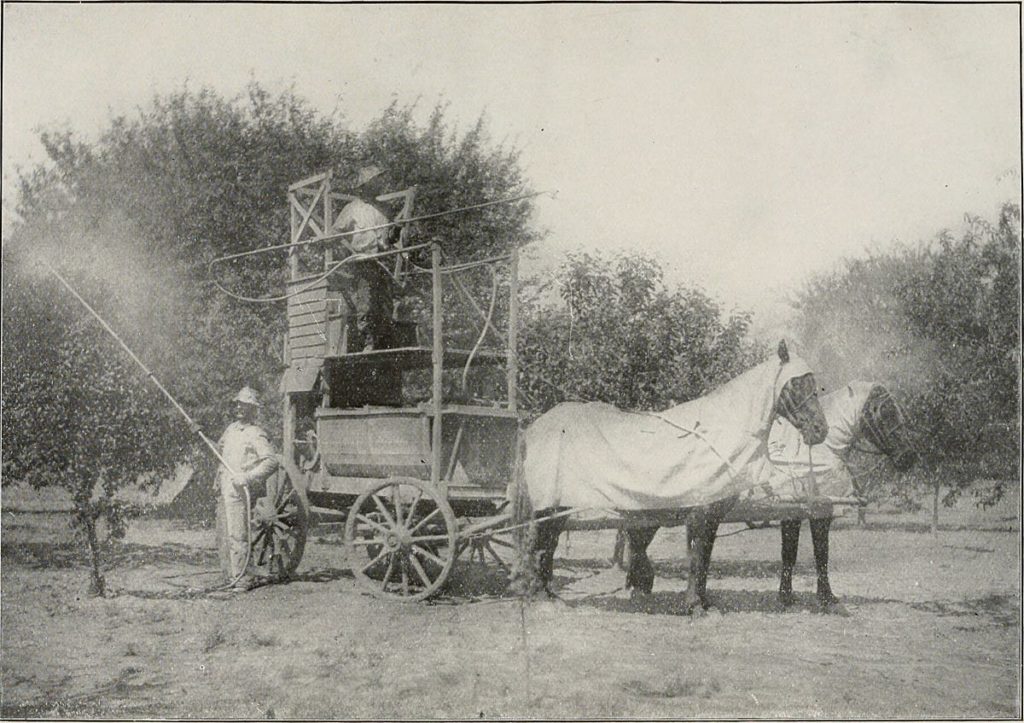by Kevin Jefferson
You’ve come to the right place to learn some important tips on how to plan a vegetable garden. Planting a vegetable garden might not be the easiest hobby in the world, but it’s definitely among the coolest ones. This is a way to do something good for your family and keep providing them with healthy veggies every single day, and that’s what we all want. But, planting a garden requires some planning and thinking things through, so here are a few tips that might help you do that more easily.
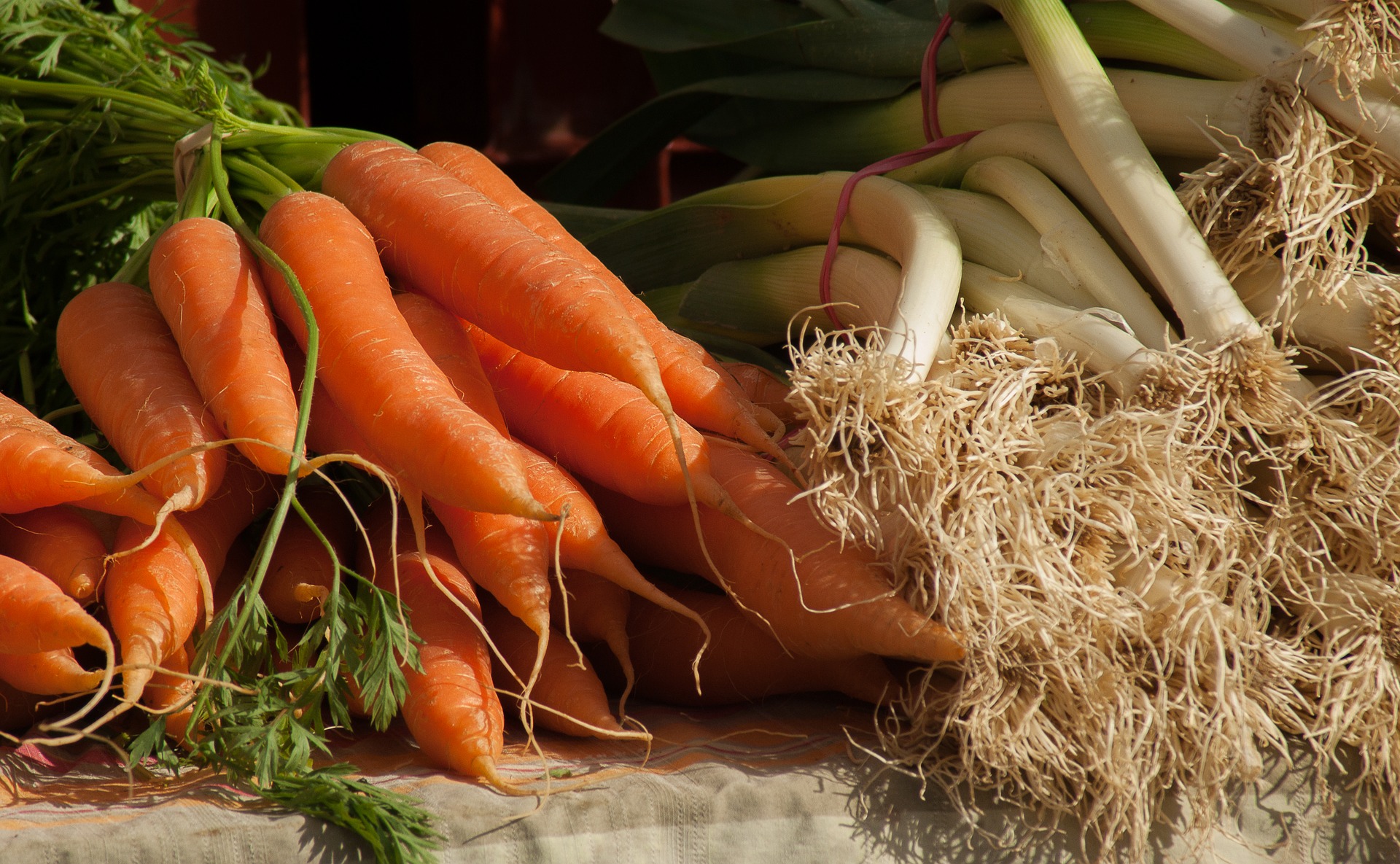
Photo by Pixabay
Pick the Spot
There are lots of factors that will determine the success of your garden, and its location is one of the most important. Living in a house with a yard makes your vegetable garden plan easier to formulate. Find the sunniest part of your yard – front or back. Partial shade is okay but you will have the most success if your plants can get 6-8 hours of direct sun. Look at all the possibilities. You may have a corner you’re not using or a plot you could clear and turn it into a vegetable garden.
To plan a vegetable garden when you may live in an apartment or a condo, can be more challenging. However, many small apartment dwellers find success utilizing a sunny porch or balcony in their cozy space. Planning the right plants for an apartment space is very important. Your local garden center, like the well established Western Garden Centers in Utah, can give you suggestions that will do okay growing in a planter or large pot. Not all plants like the confinement of a pot.
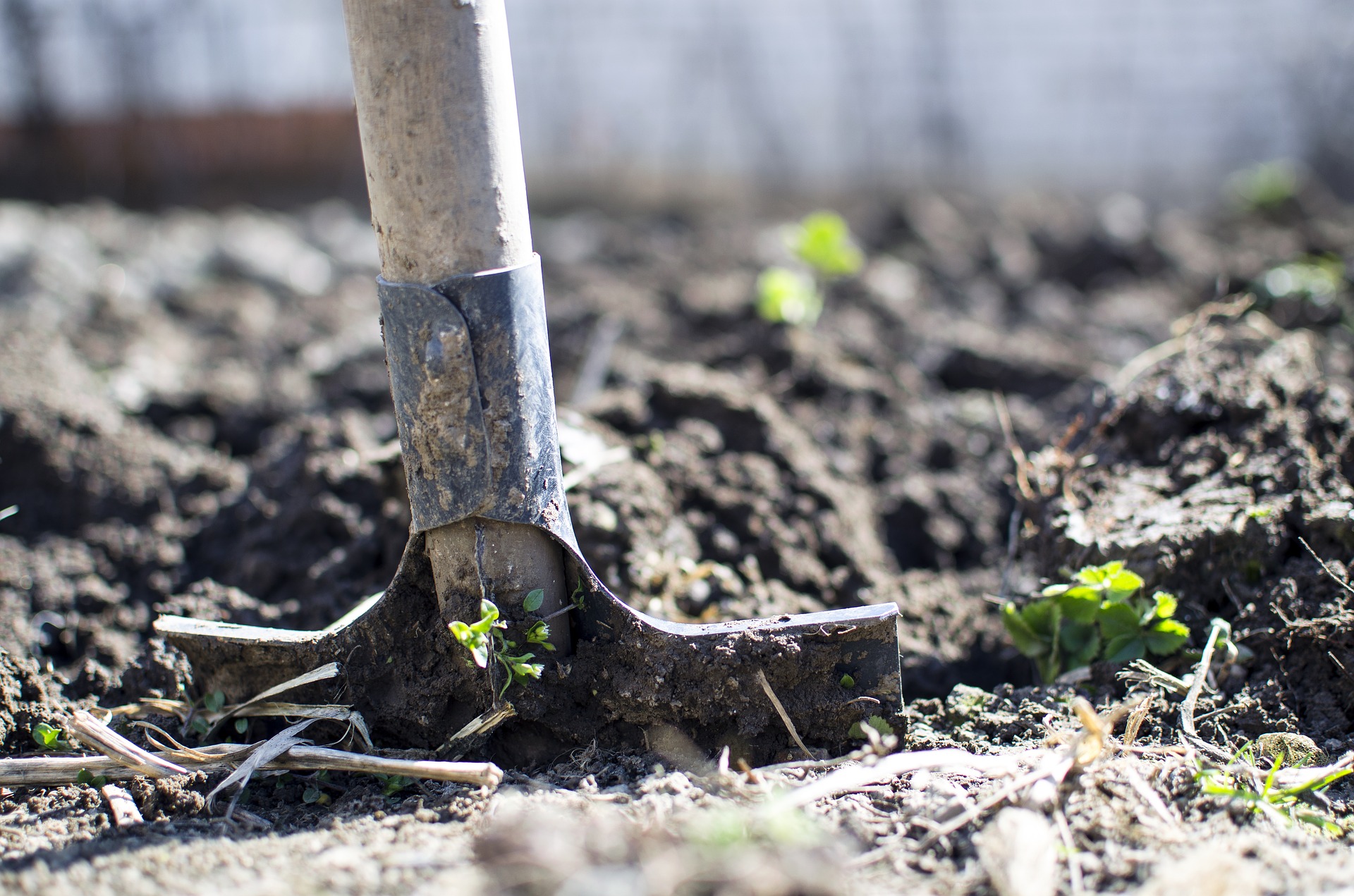
Photo by Pixabay
Determine the Size
Bigger backyards will give your new garden more space, but don’t worry if you’re stuck with a tiny backyard – you can still make this work if you put your mind to it. Even with a large yard, a designated 8 foot by 4 feet spot of earth, maybe the best for your first garden experience. Four boards from the lumber yard, nailed together, and set on the ground may be the only size you can deal with at first. Get your hands dirty and the next year, you’ll be eager to expand and try new plant material. Again, don’t start with a massive vegetable garden if you’re doing this for the very first time.
Starting small and expanding your garden as you gain experience makes more sense in the long run. Pick a few low-maintenance plants to start with such as tomatoes, zucchini, and cucumbers.
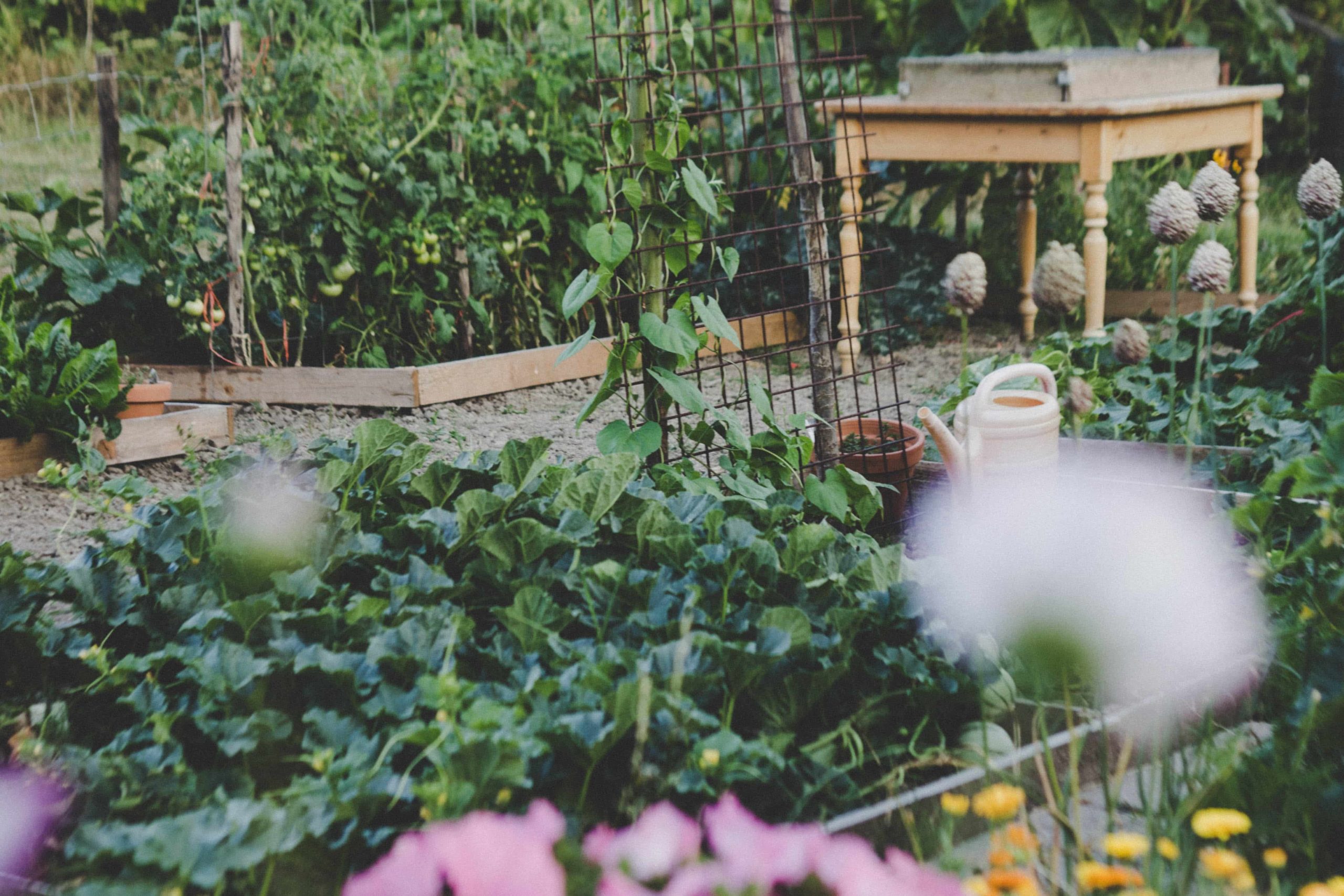
Make it Visually Appealing
The main purpose of planting a vegetable garden is to give your family lots of healthy vegetables, but there are a few other benefits you should keep in mind. A nice tidy little garden will boost the value of your property and lots of greenery is great for making your backyard look more inviting. Plus, foliage helps keep a yard cooler in the summertime. So visually appealing doubles for your little climate control.
Plant a variety of vegetables paying attention to their different shapes and sizes. Plant colorful flowers or herbs along with your vegetables to add interest and help attract beneficial insects too.
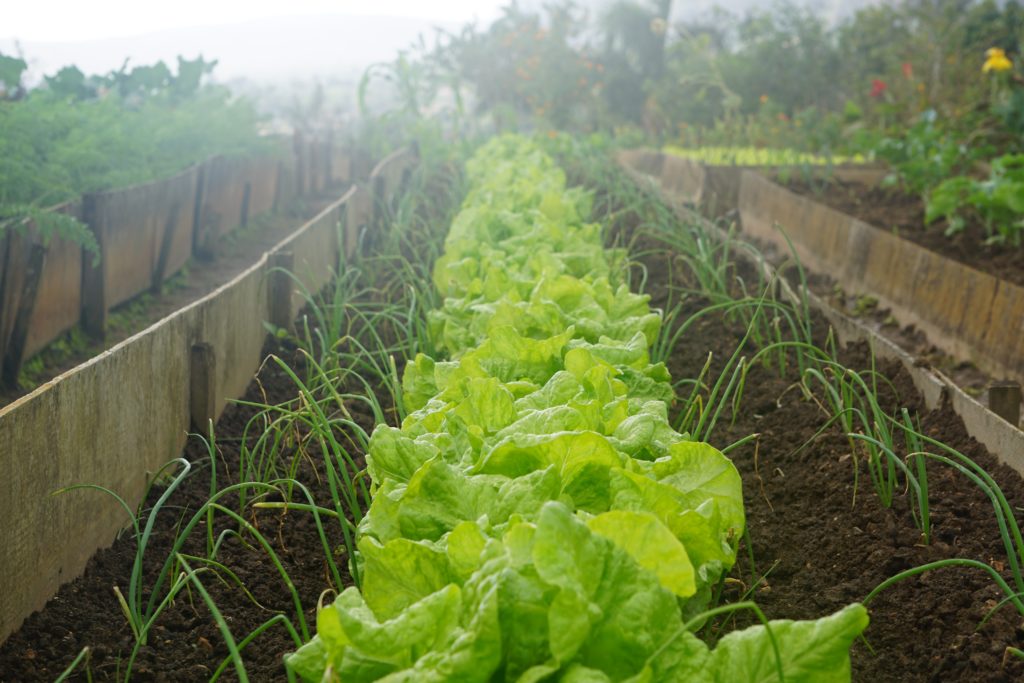
Photo by UnSplash
Choose the Layout
Even though most people don’t think you need a particular plan when planting a veggie garden, this couldn’t be further from the truth. Unless you make a proper plan and know where everything is, your garden is going to be messy and cluttered, and that’s never good. Instead, work on your layout. Plan the vegetable garden with taller plants in the middle or all together and lower growing root vegetables on the outer edges. For example, a row of carrots between zucchini plants or cabbage heads will make it difficult to work those carrots. Be sure to determine your planting zone. Choosing the proper plants for your climate area will determine your garden’s future success. Visit a reputable local garden center like Western Gardens. They won’t try to sell you plants that will not do well in your area. They also will direct you how to protect certain seedlings from unpredictable early frost we often experience along Utah’s Wasatch Mountains.
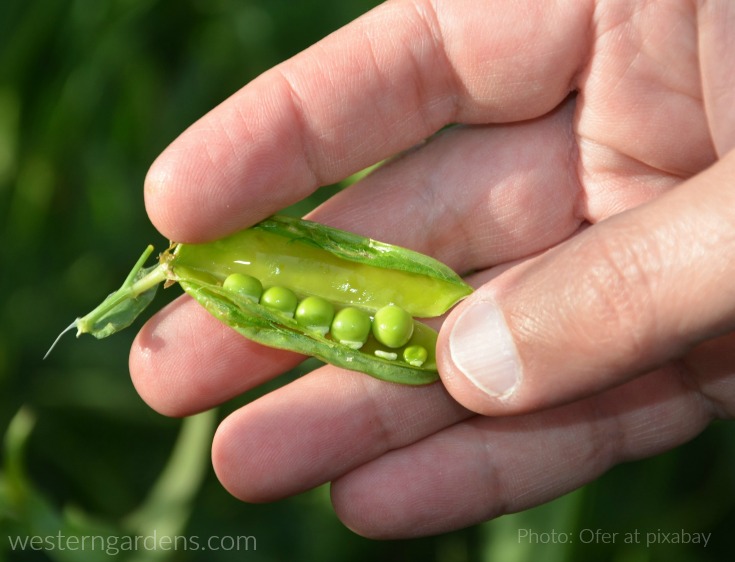
As outlined above, the effort you do to first plan your vegetable garden, you will find more success. Now it’s time to prepare your soil, plant it, care for it, and soon you will harvest the many fruits of your labor. It’s really not that difficult, but it brings great satisfaction to you and your family’s life. Therefore start small and simple, define every task to be accomplished, and then stick to your plan every step of the way. Your garden center experts would love to help you find success! Remember that success doesn’t come overnight with a garden; so stay patient, stay focused, and stay dedicated to your vegetable garden. Before you know it, you’ll be picking and munching on those delicious fresh vegetables!
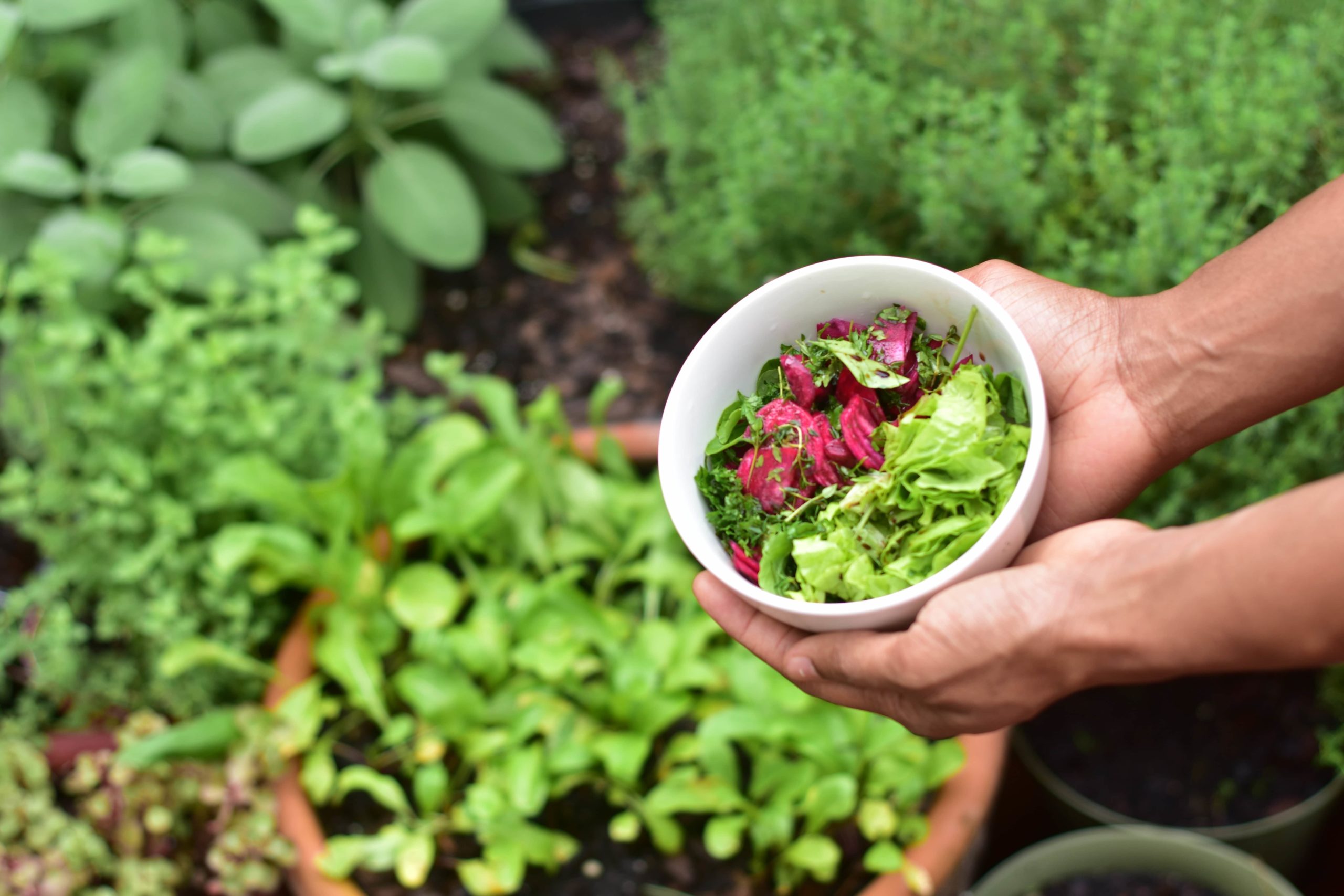
About the Author
Kevin has gone through an extensive home renovation with his son, which he has both thoroughly enjoyed, and dreaded every morning. He is now the proud owner of half his dream house (the other half has been waiting for spring). You can read more of Kevin’s work on PlainHelp.
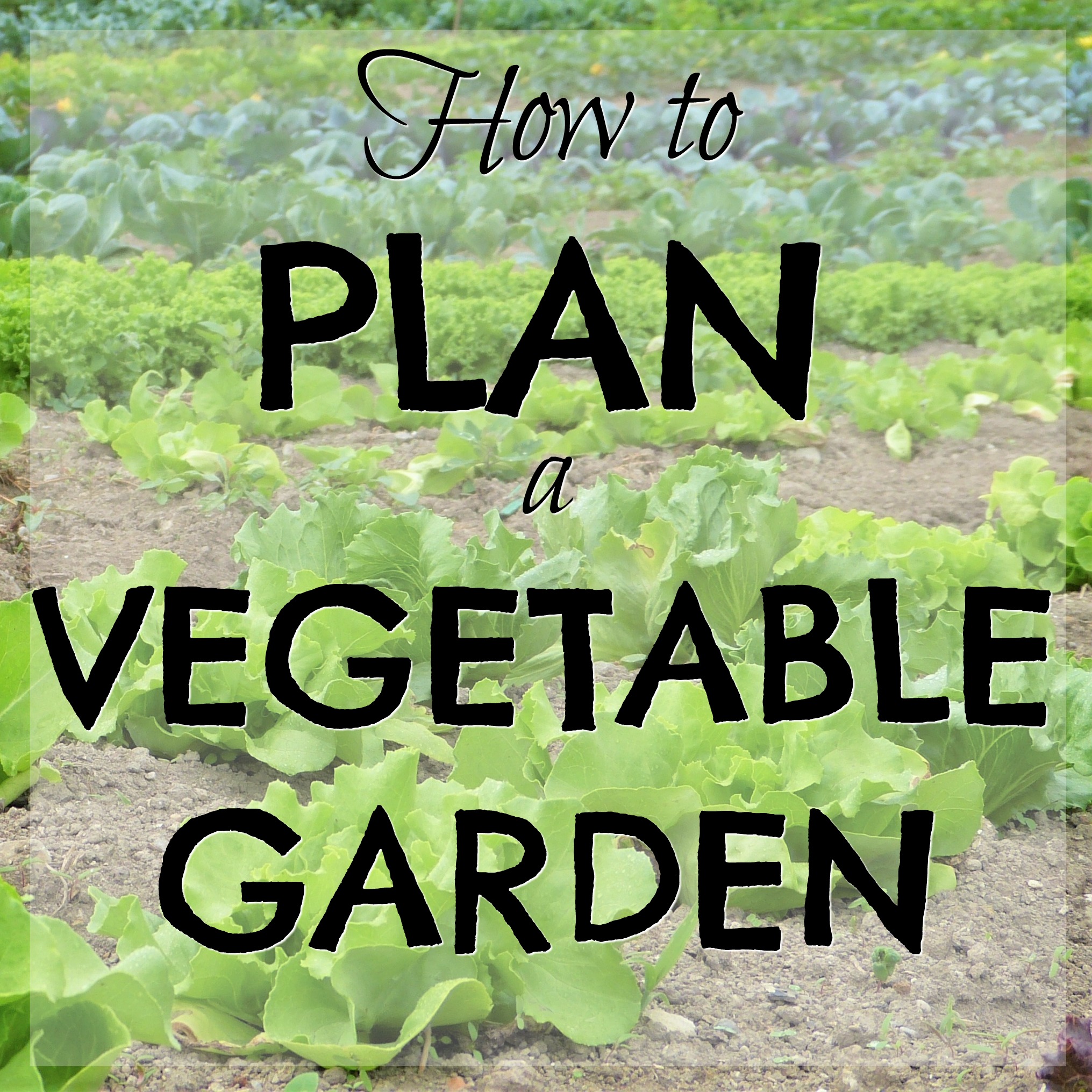
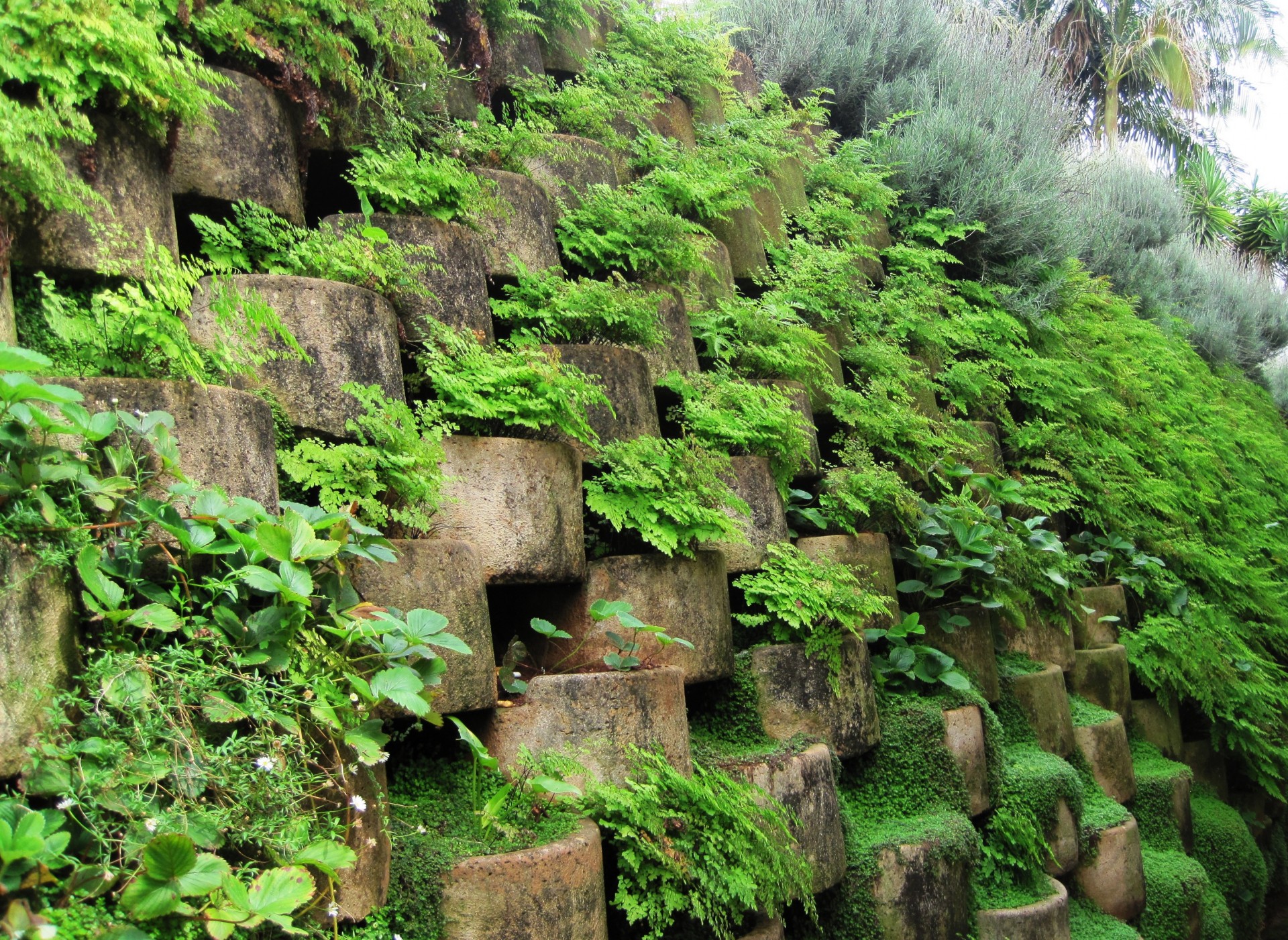
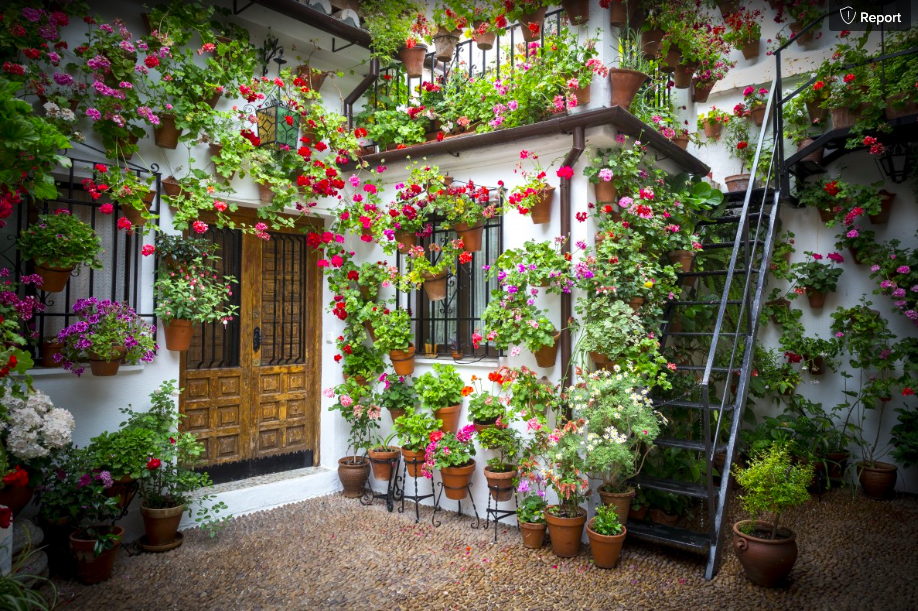
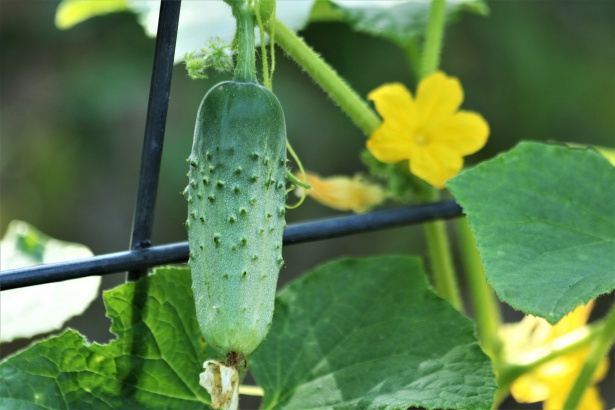
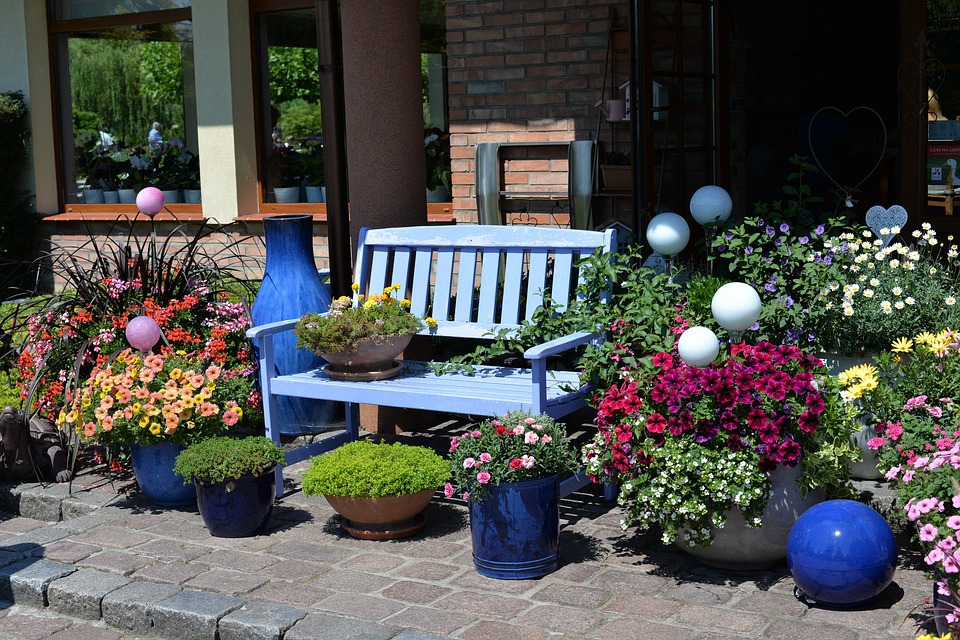
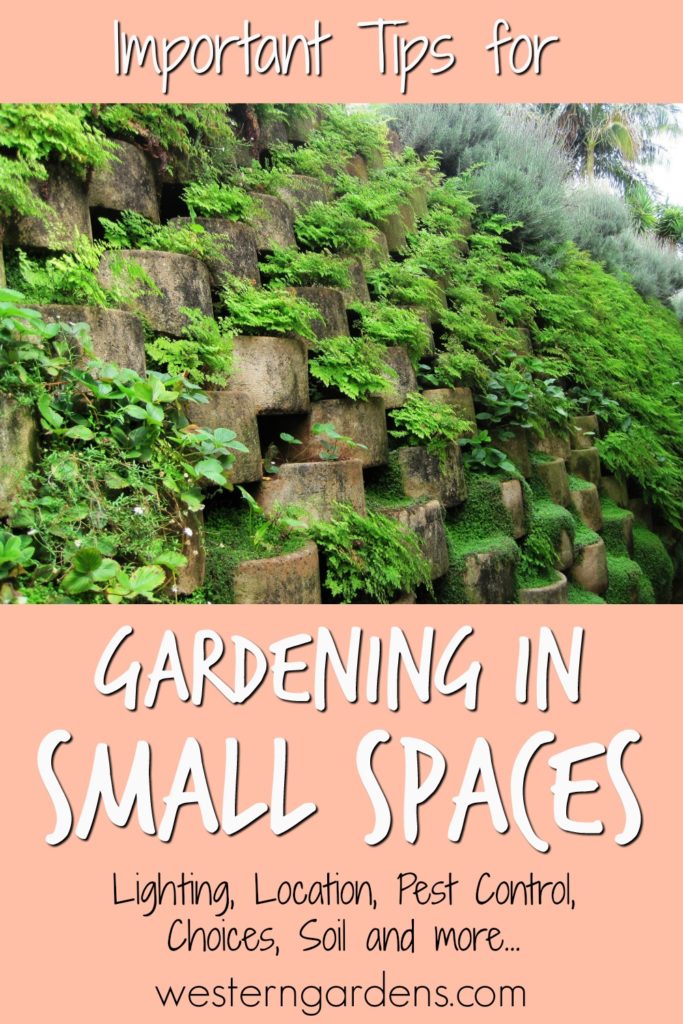
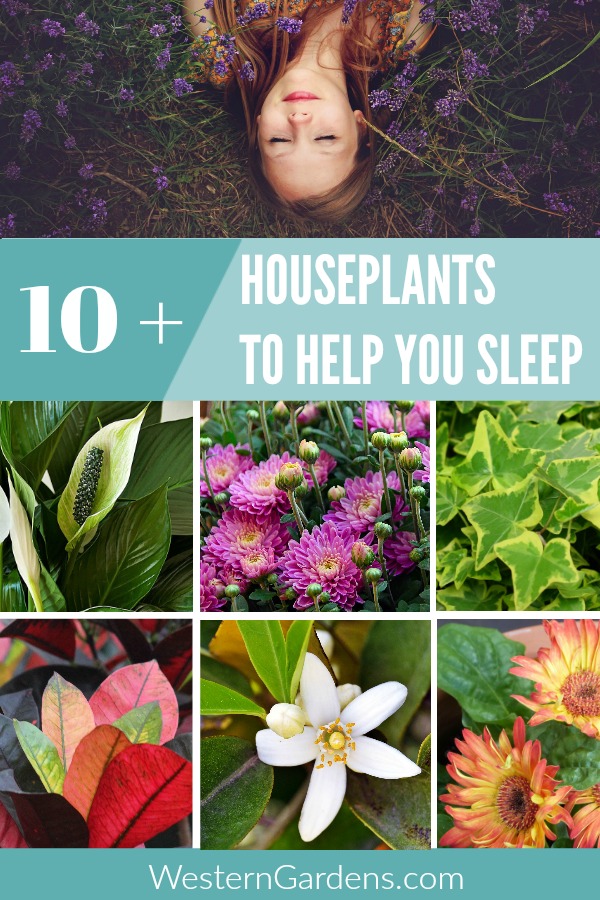

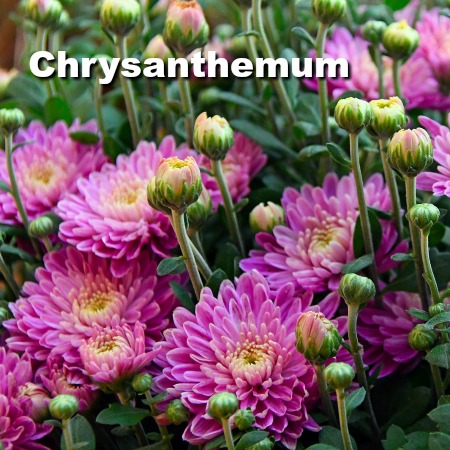
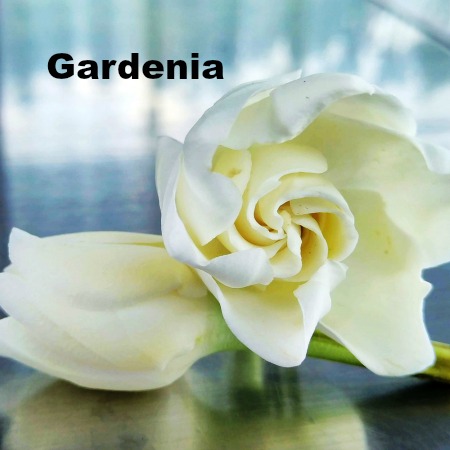
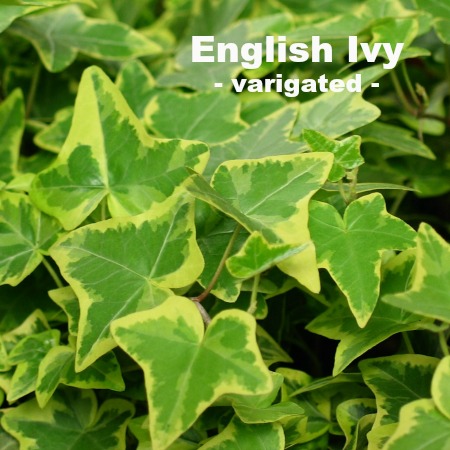
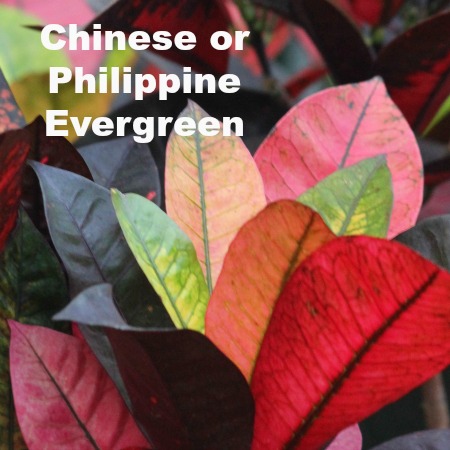
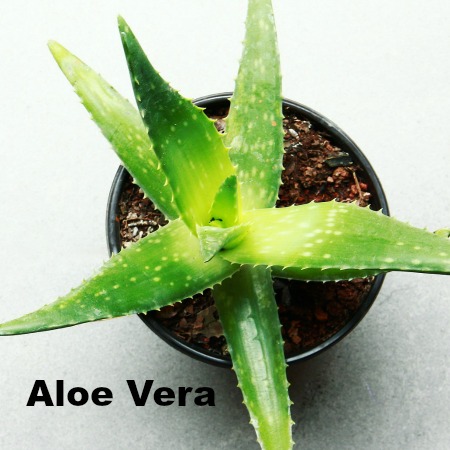
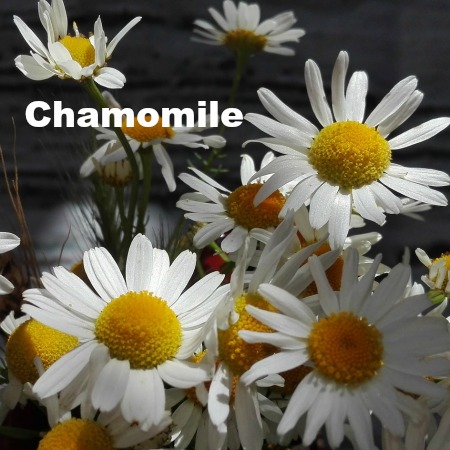
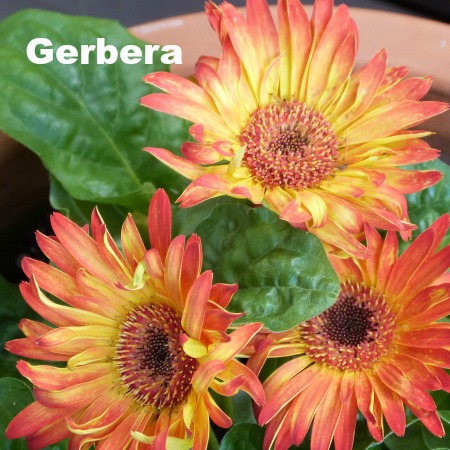
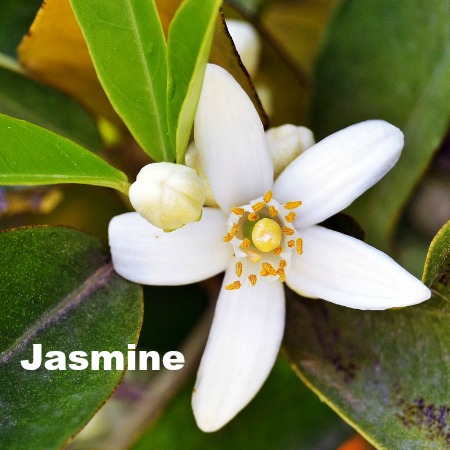
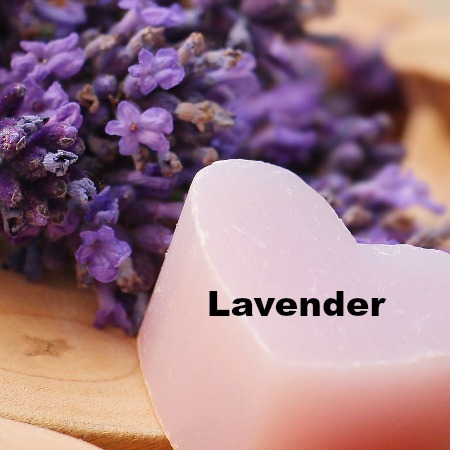
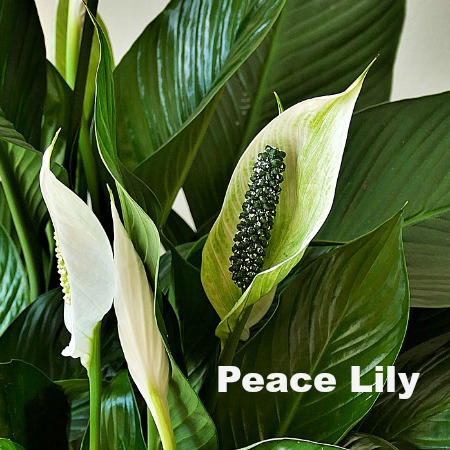
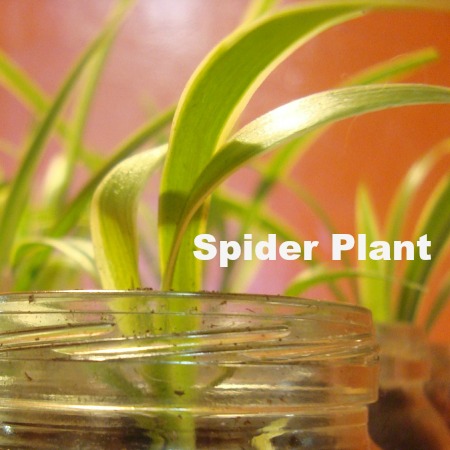
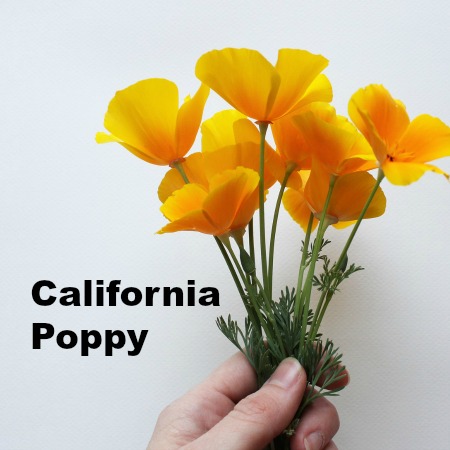
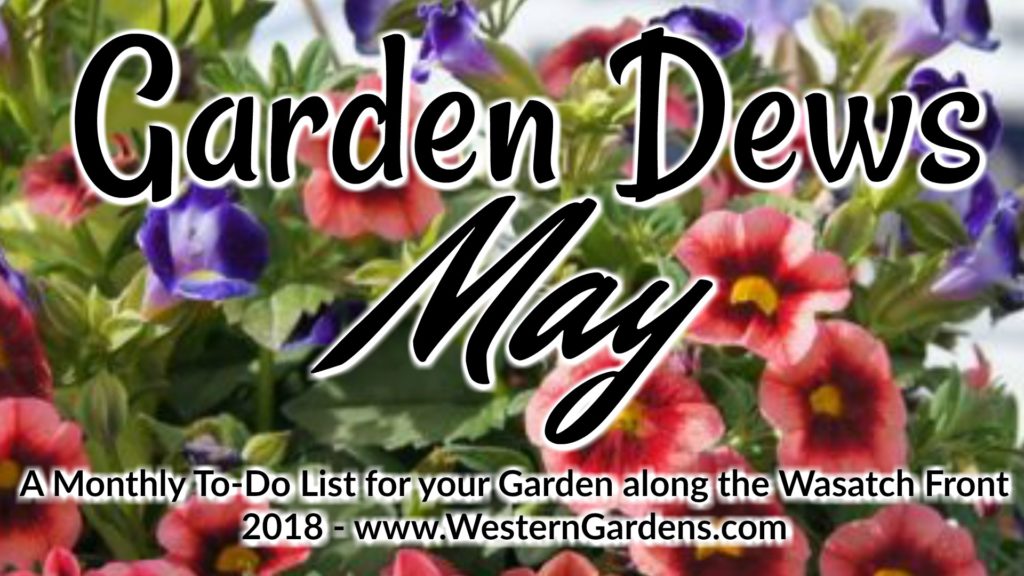
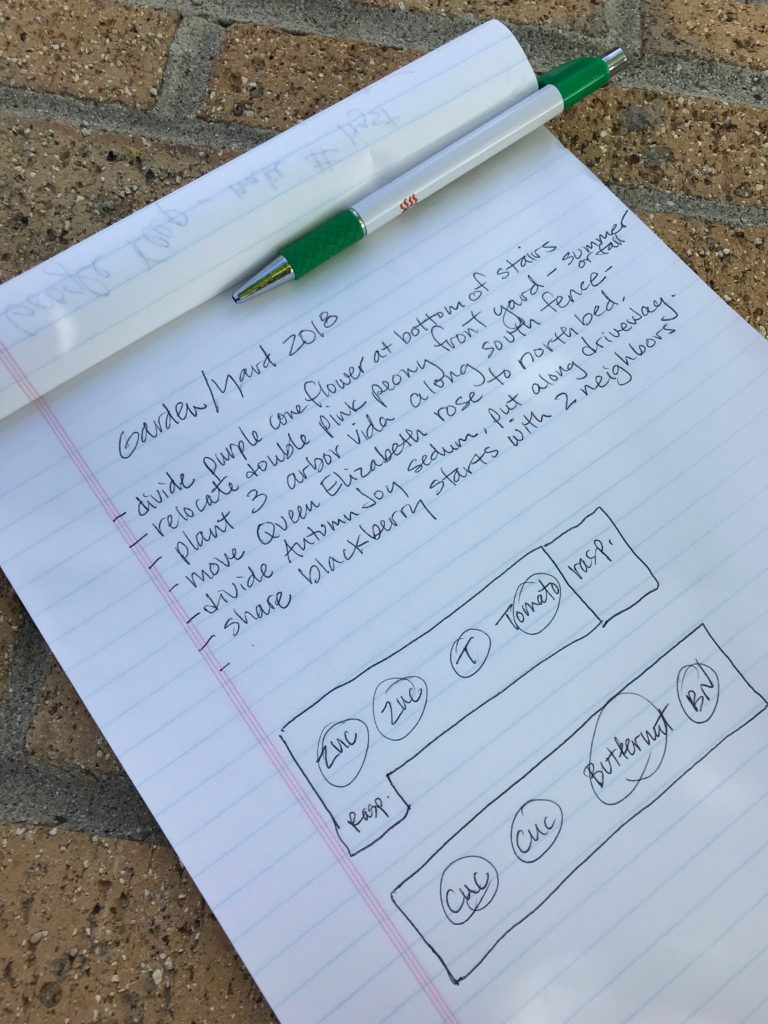
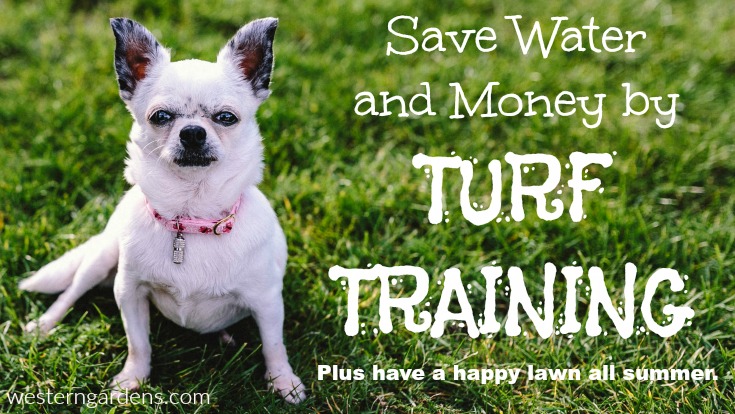

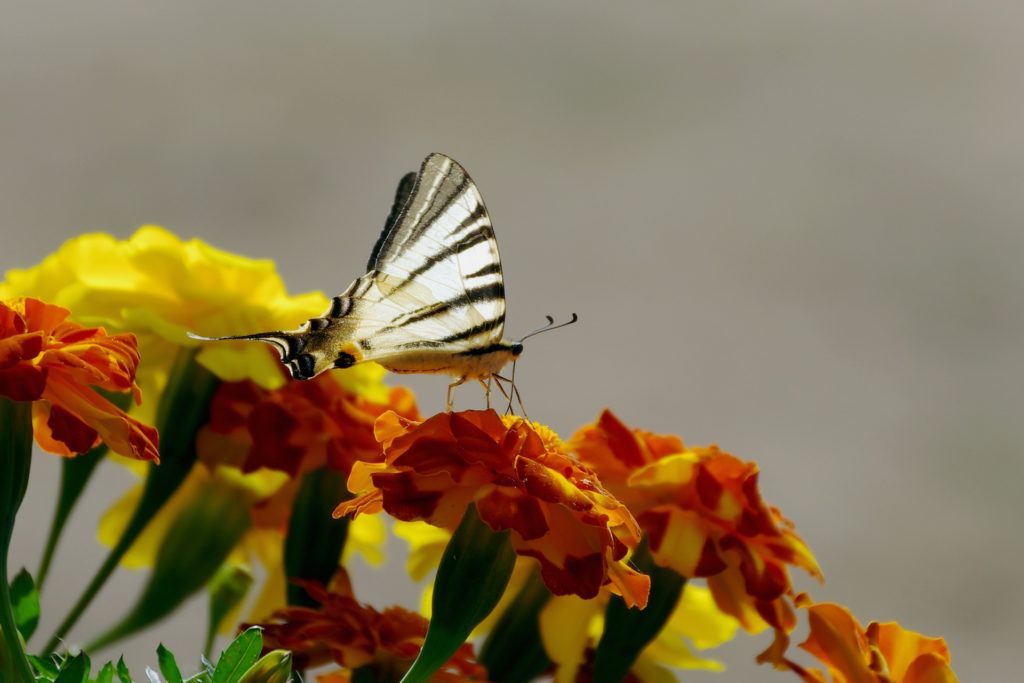
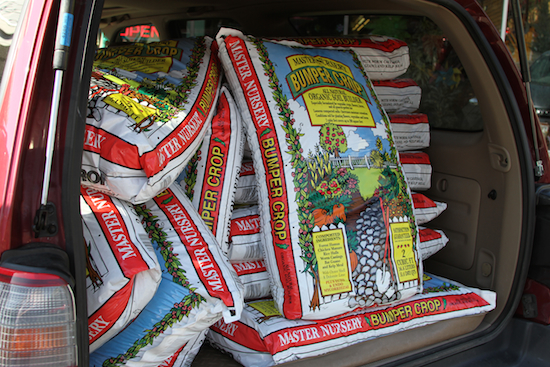
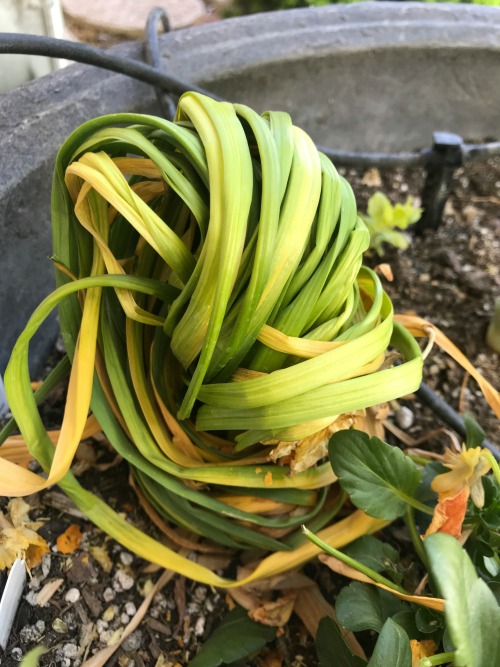
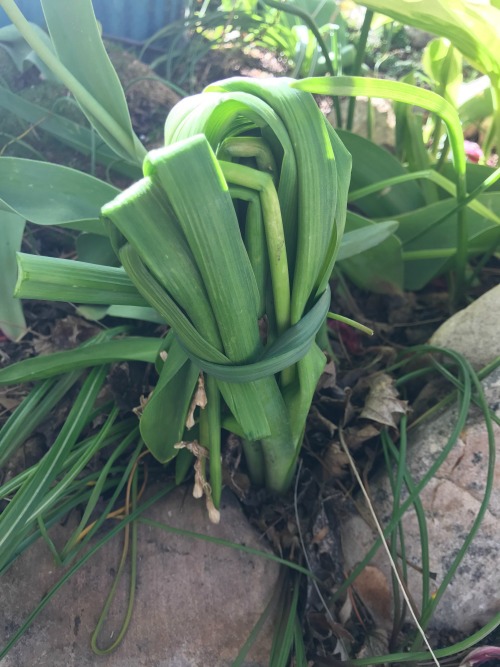
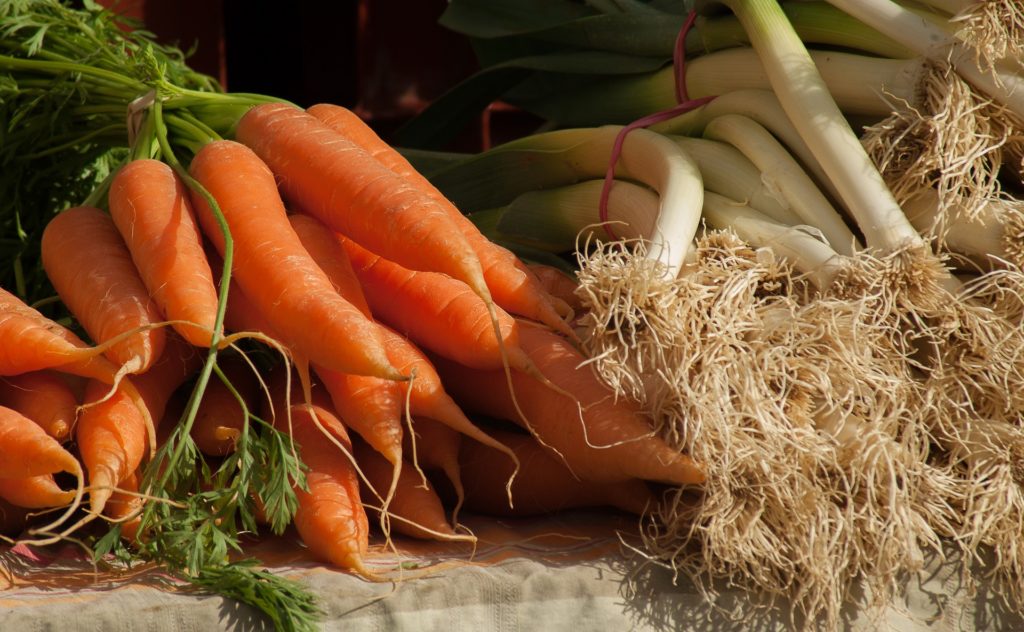
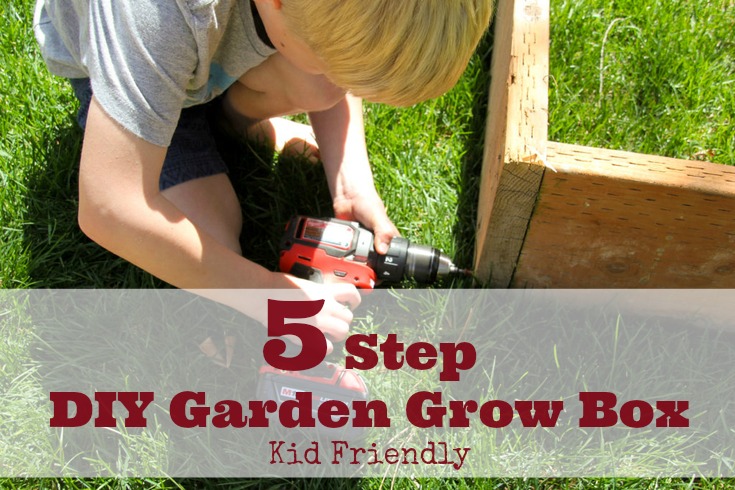
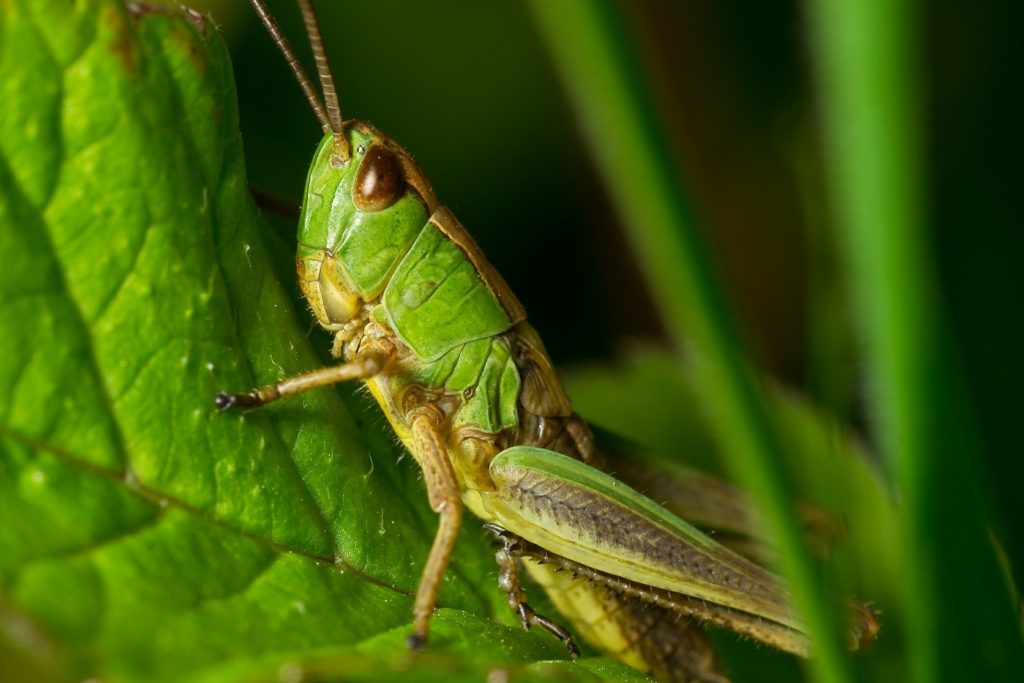
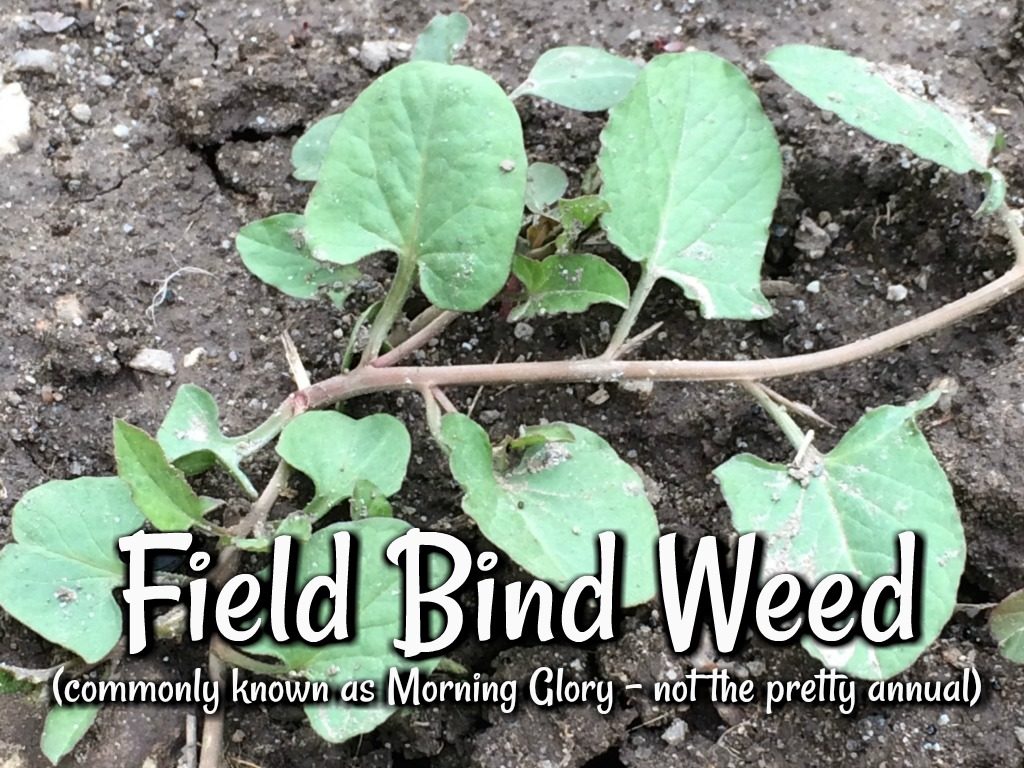
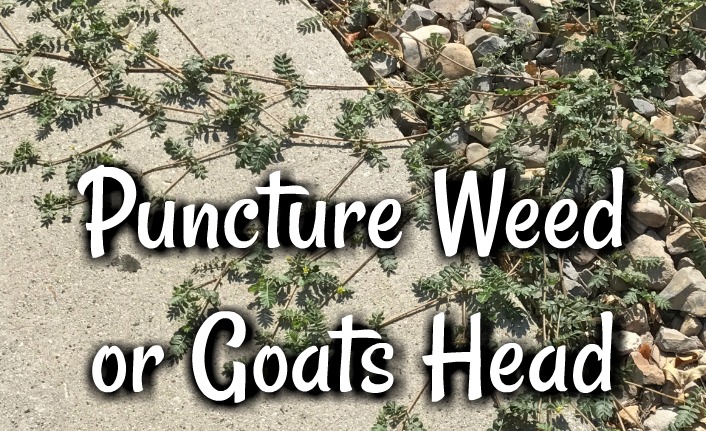
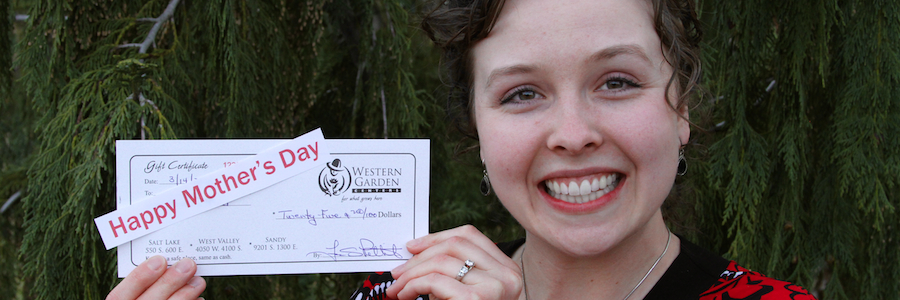
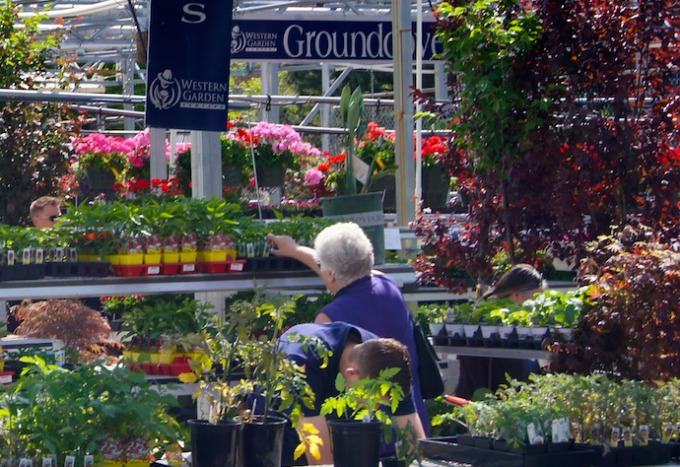
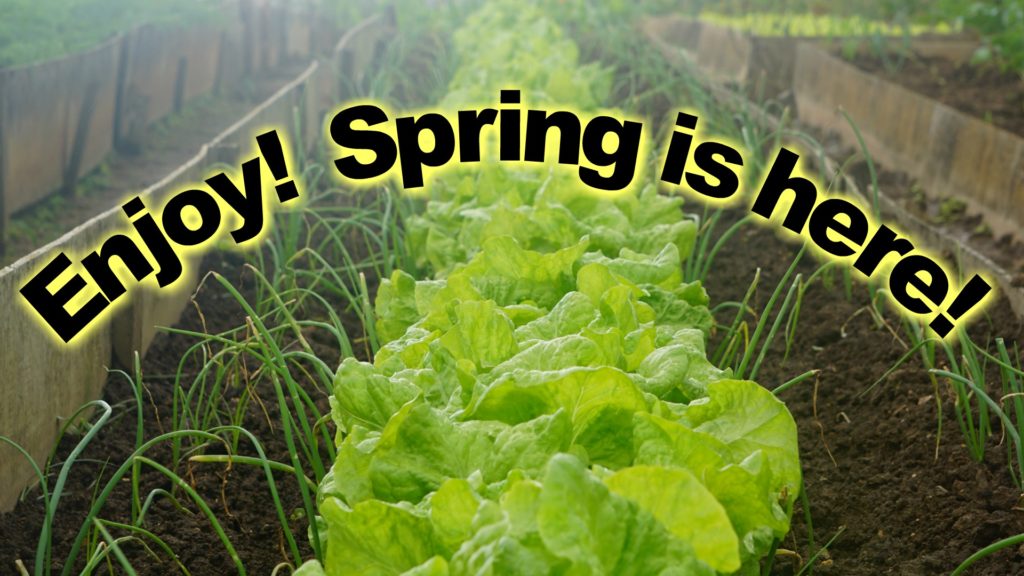
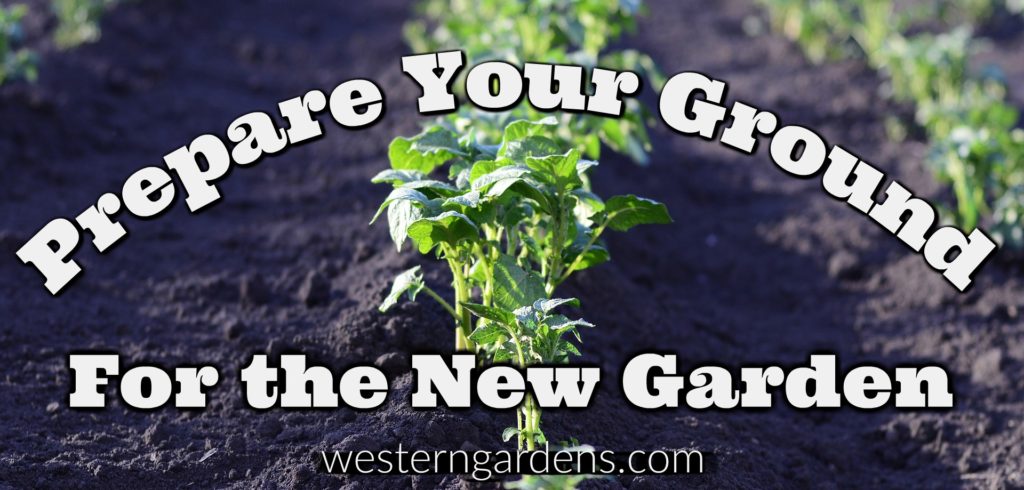
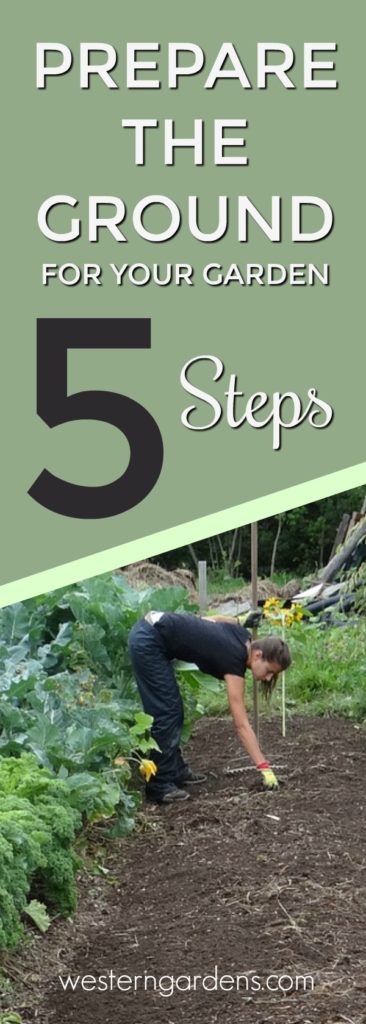
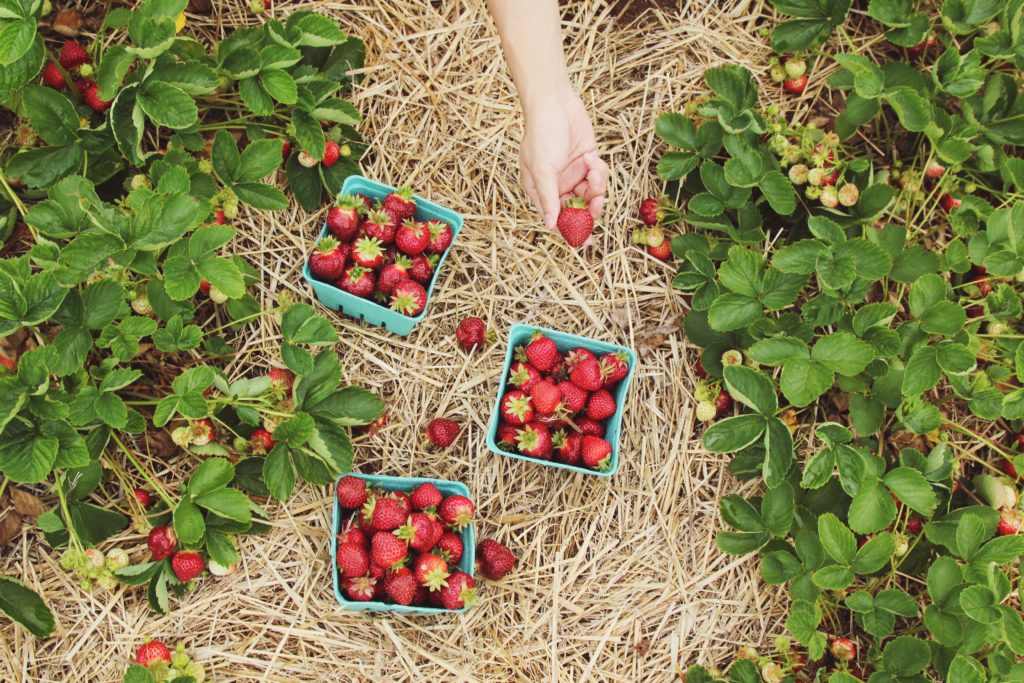
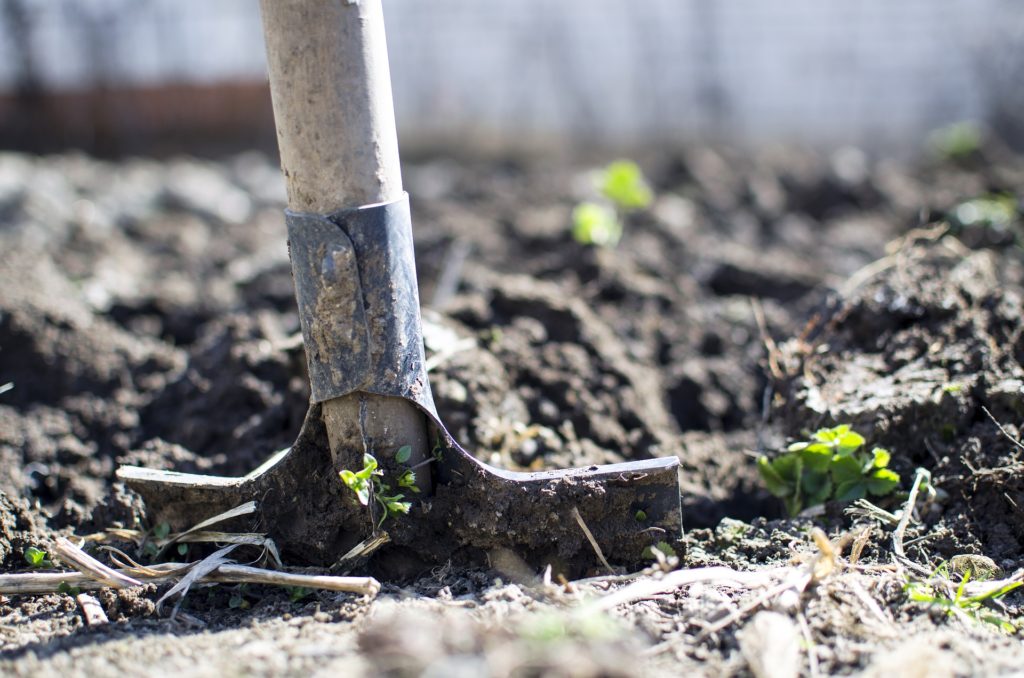
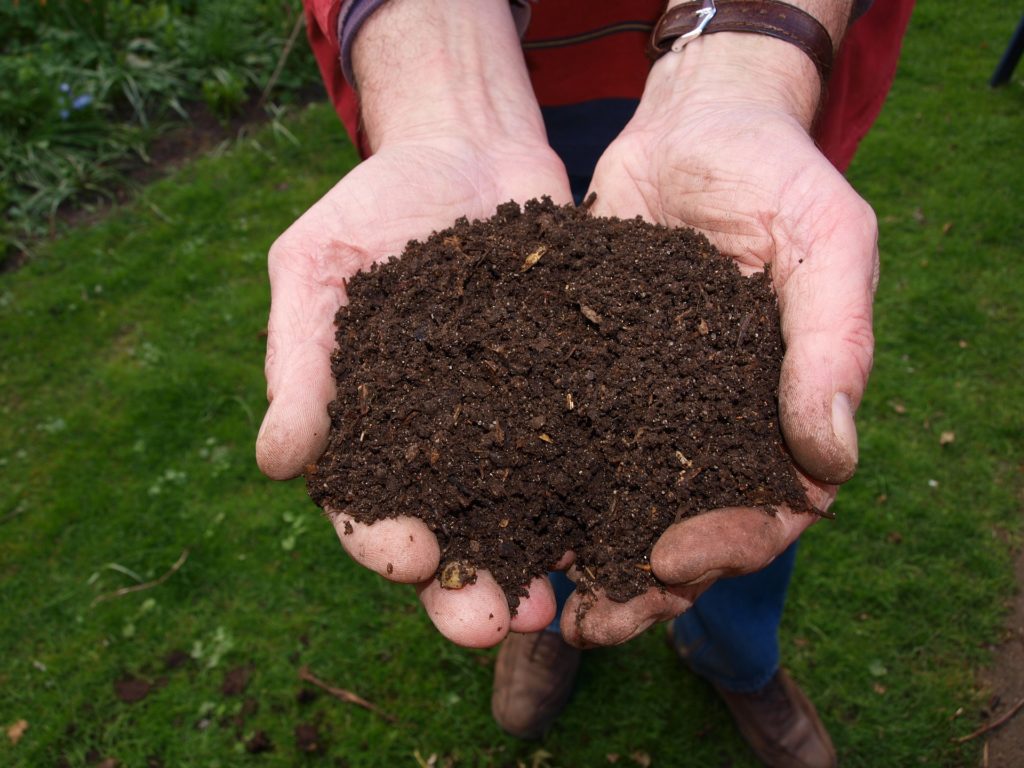
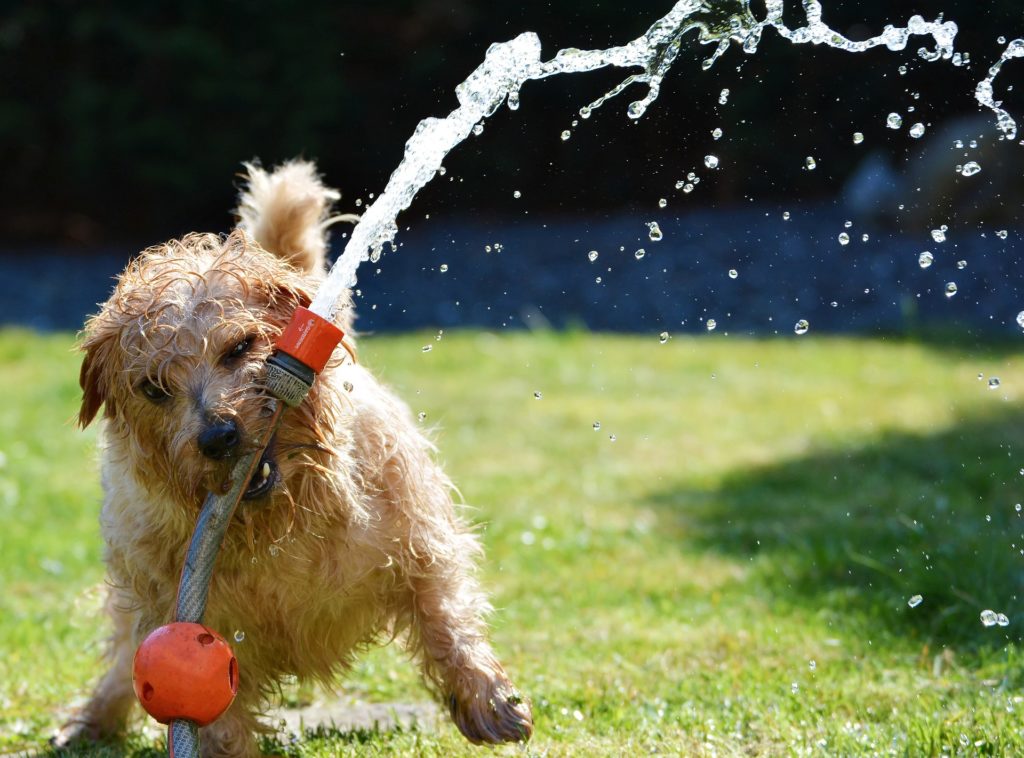
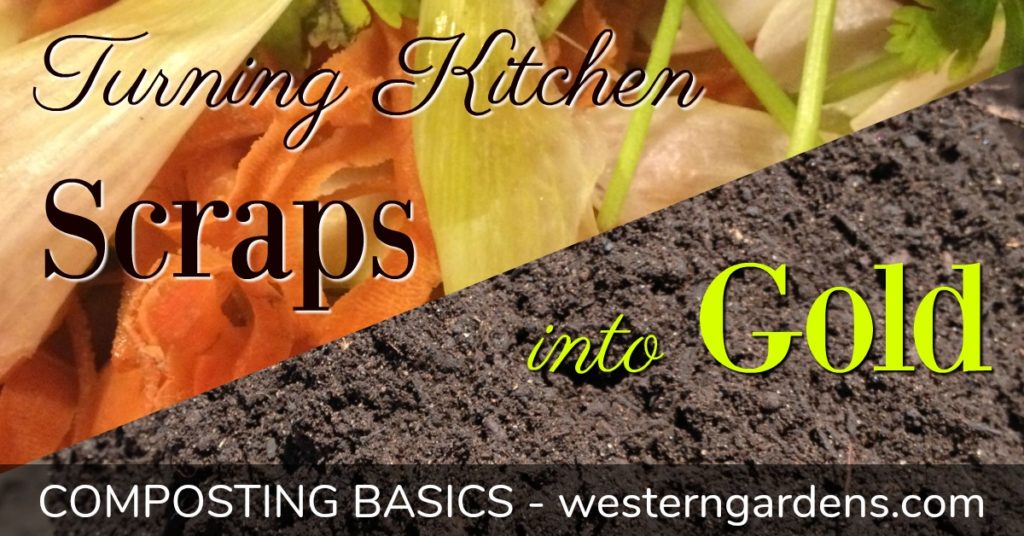
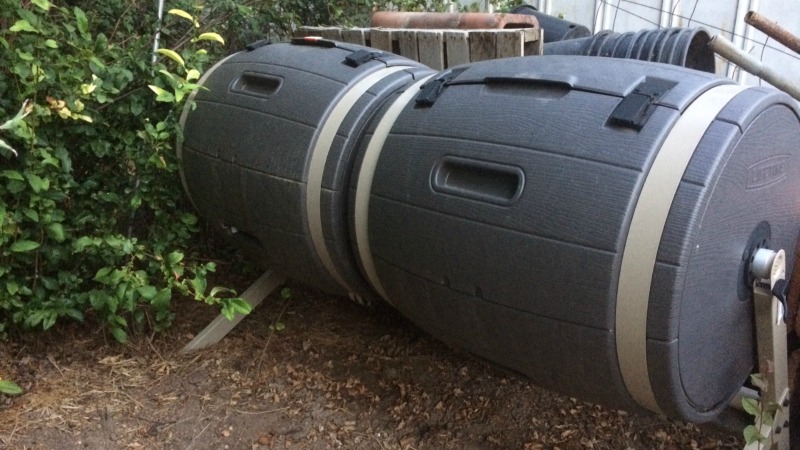
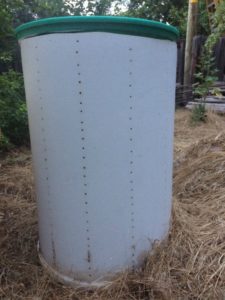
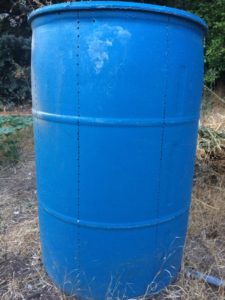
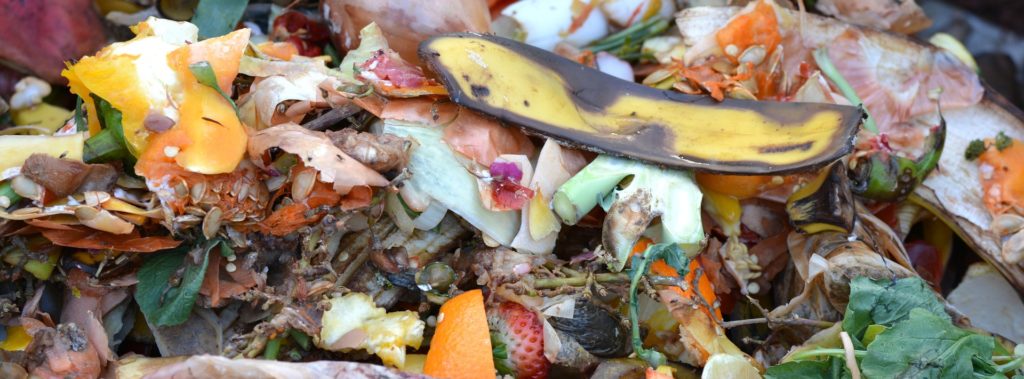
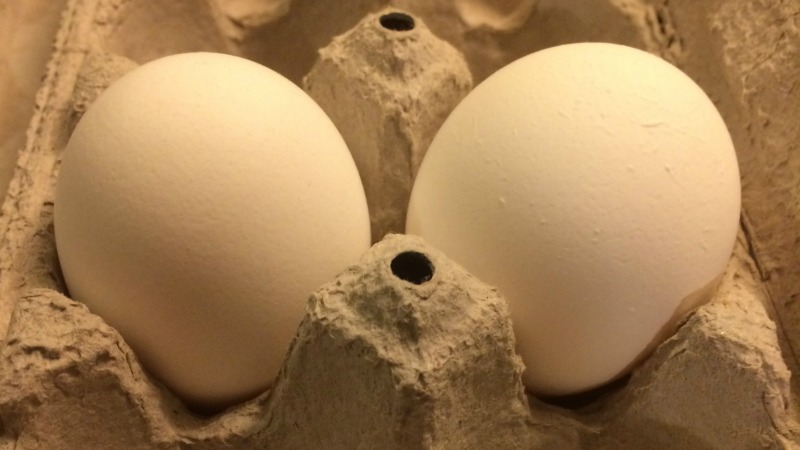
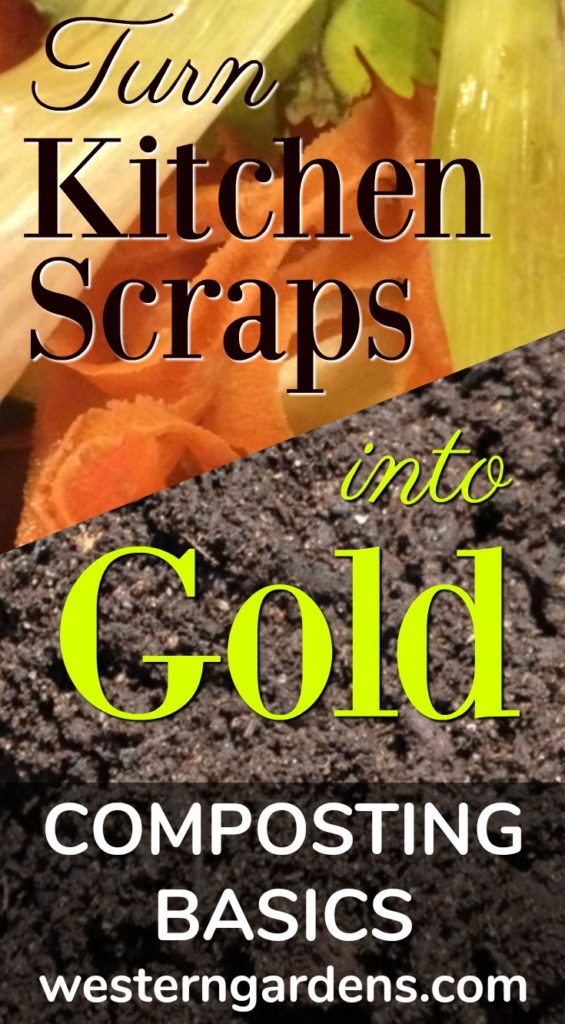
![By Tom Murphy VII (Taken by user user:brighterorange.) [GFDL (http://www.gnu.org/copyleft/fdl.html), CC-BY-SA-3.0 (http://creativecommons.org/licenses/by-sa/3.0/) or CC BY 2.5 (https://creativecommons.org/licenses/by/2.5)], via Wikimedia Commons Boxelder bug on green leaf. CC-BY-SA-3.0 (http://creativecommons.org/licenses/by-sa/3.0/) or CC BY 2.5 (https://creativecommons.org/licenses/by/2.5)]](https://westerngardens.com/wp-content/uploads/BoxElder-Bug-Way-to-Control-4-2018-FB-1024x576.jpg)
